


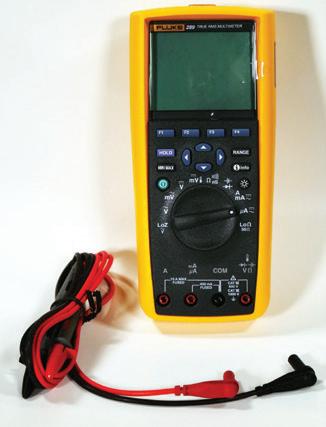
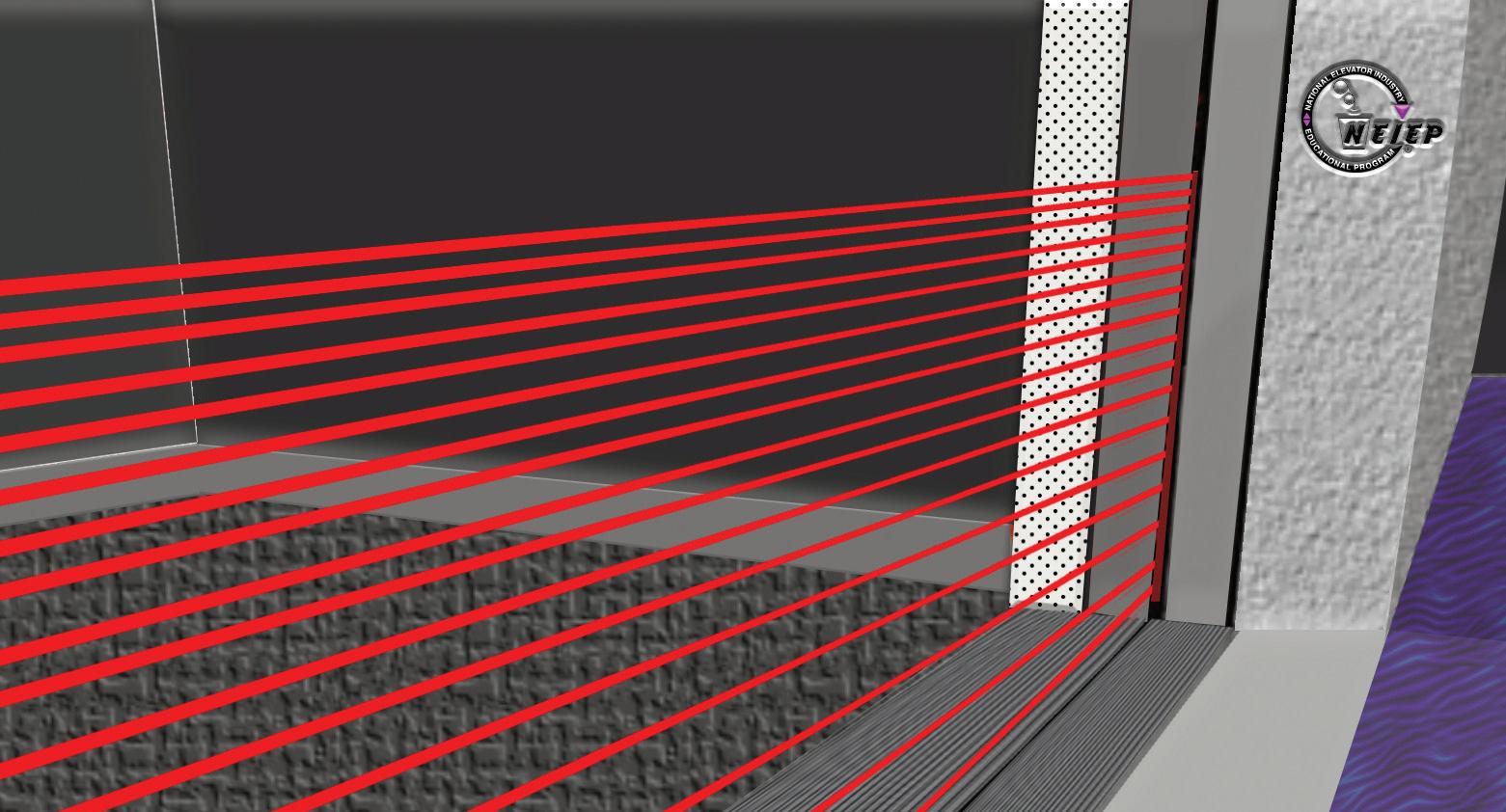
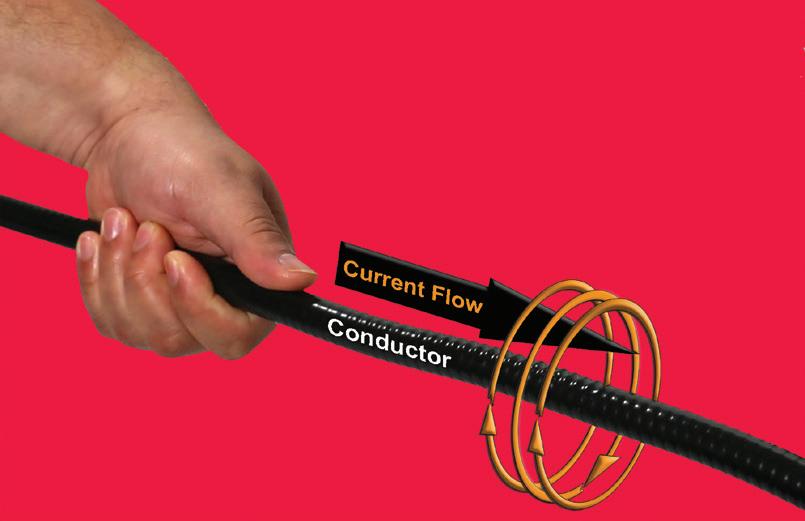
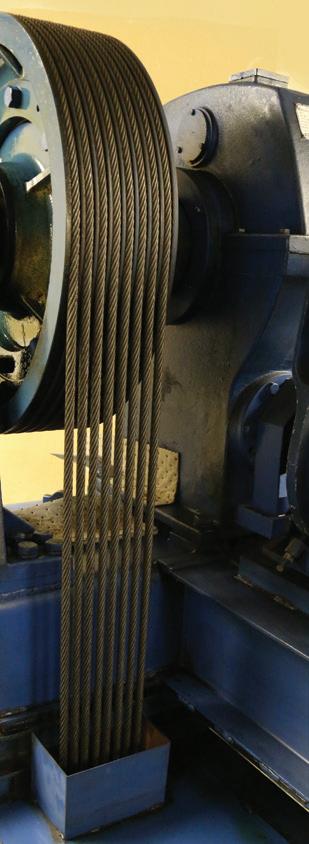
National Elevator Industry Educational Program Training Today For Tomorrow’s Needs PROGRAM CATALOG

Welcome to Elevator Education.
How do you become an Elevator Constructor? is a question commonly asked of those in our trade. Many are intrigued with the mechanics and technology of the equipment installed, repaired and maintained in our industry. The fact is that the skills required of every successful man and woman in our trade are comprised of a host of technical disciplines combined into one job. Electrical, plumbing, sheet metal, steel work, welding, electronics, rigging and hoisting are a few of the skills necessary to work as an Elevator Constructor. So where do you go to learn the trade? The National Elevator Industry Educational Program (NEIEP).
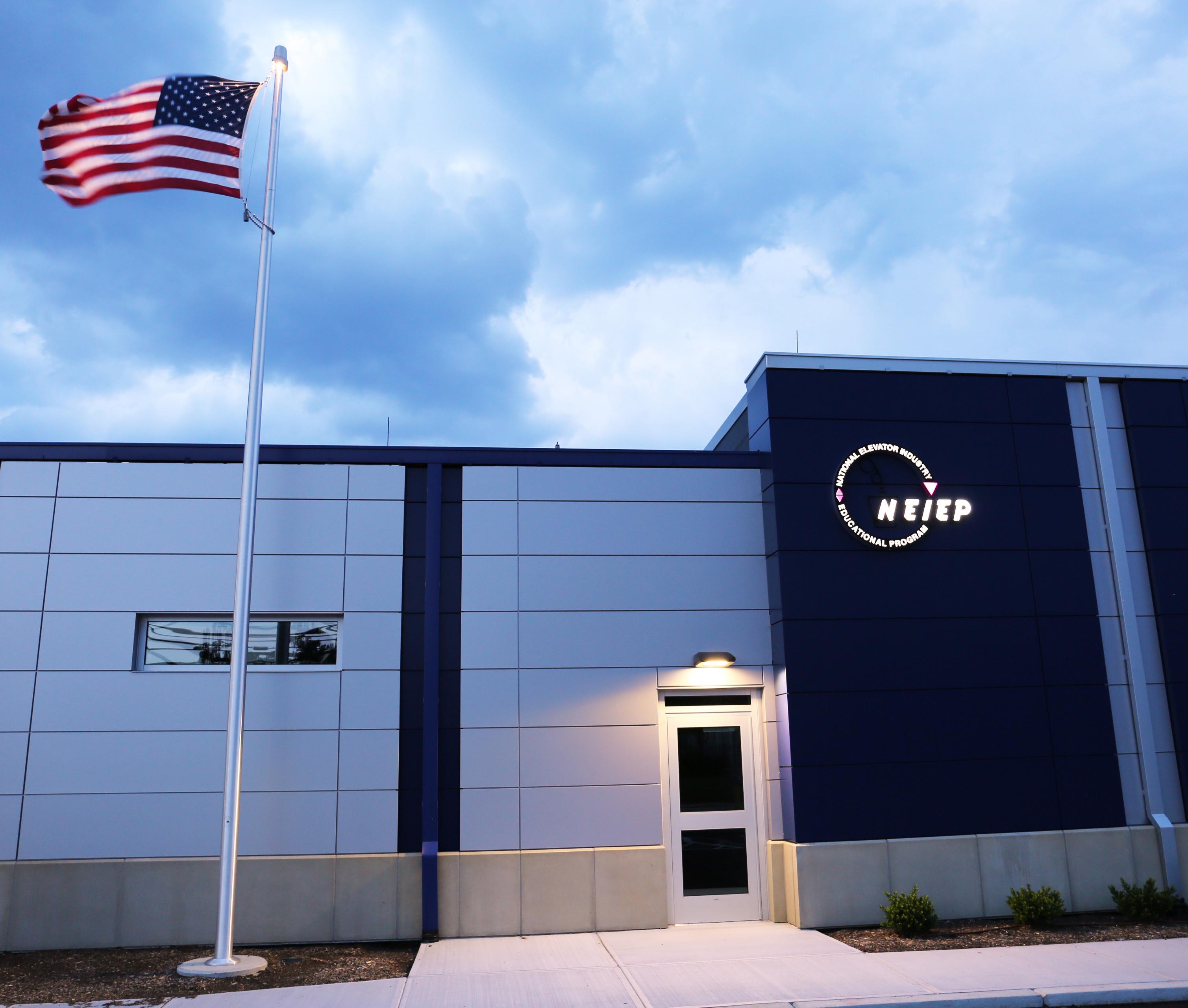
TheElevatorConstructormembersareamongthemostskilledandwell-trainedof allthebuildingtrades.Howdidtheybecomesoproficient?Enrollmentand successfulcompletionintheNEIEPprogram.Theprogramincorporatesindependent study,classroomtrainingand“hands-on”experiencesculminatinginanational certificationexam.TheNationalElevatorIndustryInc.,andtheInternationalUnionof ElevatorConstructorsrecognizetheneedforextensivetrainingtoservetheneedsof ourever-changingindustry.Together,since1967,theyhaveprovidedsupportand directionforthefocusoftheprogramtobetterservetheindustry.
ThiscatalogisyourguidetothecoursesofferedbytheNationalElevatorIndustry EducationalProgram(NEIEP).OnbehalfoftheNEIEPStaff,thankyoufortakingthe timetoreviewourcurriculum.
Bestwishesonyoureducationalendeavors.
TABLE OF CONTENTS
CONTINUING EDUCATION COURSES CE001 DC Generators and Motors 1 CE002 Solid State Theory and Application 1 CE003 Solid State Theory and Application II 1 CE004 Microprocessor Based Control 1 CE005 Solid State Motor Control 1 CE006 Hydraulic Controller Theory and Troubleshooting 1 CE007 Reroping Series 1 CE008 Customer Relations Series 2 CE009 Escalators Series 2 CE010 Door Operator Series 2 CE011 Meters Series 2 CE012 Maintenance 2 CE012.1 Machine Room Maintenance 2 CE012.2 Hoistway Maintenance 2 CE012.3 Hydraulic Elevator Maintenance 3 CE013 Rack & Pinion 3 CE014 Traveling Cable Series 3 CE015 LULA Series 3 CE016 Asbestos 3 CE017 Safety Testing for Code Compliance 4 CE017.1 Testing Traction Elevators 4 CE017.2 Safety Testing for Hydraulic Elevators 4 CE018 Scaffolding Competent Person Course 4 CE019 Welder Training 4 CE020 Online Course in Signaling & Rigging 5 CE 021 Classroom-Based Course in Rigging 5 CE022 Financial Tools for the Trades 5 CE023 Harassment and Discrimination in the Workplace 5 CE024/S Advanced Hydraulic Valve Operation 5 CE025 Mechanic Review Eligibility Course 5 CE026 Arc Flash Safety in the Workplace 6 CE027 Virtual Escalator 6 CE030 CPR/First Aid/AED 6 CE031 Forklift Certification Course 6 CE032 Aerial Lift Certification Course 7 CE033 Introduction to Automated People Movers (APMs) 7 CE035 Virtual Code Courses 7 2013 Hydro Code Course 7 2013 Escalator Code Course 7 2013 Traction Code Course 7 CE036 Confined Spaces Awareness 8 CE037 Motor Alignment Lab 8 CE038 AC Motor Starters 8 CE039 AC Motor Lab 8 CE040 Drug and Alcohol Awareness in the Workplace 8 CE041 Multimeter Course 9 CE042 Virtual Governor Lab 9 CE044 Freight Door Maintenance and Repair 9 CE045 Escalator Step Index Training 10 OS001 OSHA 10 10 OS002 OSHA 30 10 The NEIEP Instructor Training Institute (NITI) at Roger Williams University 11 PROBATIONARY PROGRAM (NH002 NEW HIRE) 14 TRADE SKILLS 100 15 Overview 15 110 - OSHA 10 Certification: Introduction to OSHA 15 120 - Introduction to Safety in the Elevator Industry 15 130 - Safety During Construction, Installation, Service, Repair, and Modernization 15 140 - American Heart Association Heartsaver® First Aid CPR AED 15 150 - SAIA: Competent Person Training for Framed Scaffolds 15 155 - SAIA: Training Program for Suspended Scaffolds 16 160 - Elementary Technical Mathematics: Review of Basic Mathematic Concepts 16 170 - Elementary Technical Mathematics: Measurement 16 180 - Introduction to Installation Drawings 16 185 - Detail Drawings and Material Specifications 16 HOISTWAY STRUCTURES 200 17 Overview 17 205 - Tools and Material Handling 17 210 - Rigging and Hoisting 17 215 - Introduction to Pit Structures 17 220 - Introduction to Guide Rails 17 225 - Guide Rail Installation 17 230 - Machine and Sheave Installation 18 235 - Elevator Control Equipment Installation 18 240 - Car and Counterweight Assembly 18 245 - Installing Suspension Means 18 250 - Inspecting and Replacing Suspension Means 18
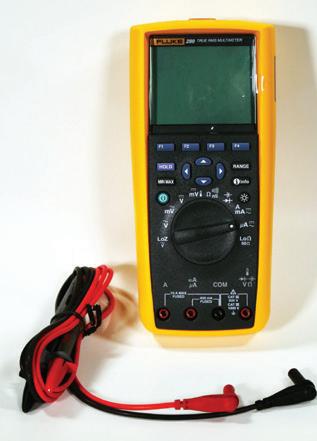
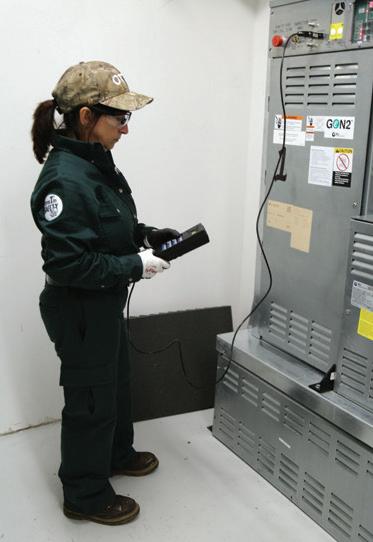
ELECTRICAL FUNDAMENTALS 300 19 Overview 19 305 - Review of Basic Mathematic Concepts 19 310 - Working with Measurement Prefixes and Units 19 315 - Fundamentals of Equations and Formulas 19 320 - Ratio and Proportion 19 325 - Electrical Safety 19 330 - Basic Electricity 19 335 - Understanding the Relationship Between Voltage, Current, and Resistance 20 340 - Basic Electrical Circuit Components 20 345 - Series Resistive Circuits 20 350 - Parallel and Series-Parallel Resistive Circuits 20 355 - Magnetism and Electromagnetism 20 360 - Alternating Current Theory 20 ELECTRICAL THEORY & APPLICATION 400 21 Overview 21 405 - Introduction to Meters 21 405 - Lab, & Meters Experiments 21 410 - Transformers 21 410 - Lab, & Transformer Mini Electra Lab Workbook 21 415 - DC Generator and Motor Theory 21 420 - Components of DC Motors and Generators 22 425 - Types of DC Motors and Generators 22 425 - Lab, & DC Motors and Generators Apprentice’s Lab Manual 22 430 - Maintenance and Service 22 435 - AC Motors 22 INSTALLATION 500 23 Overview 23 505 - Planning, Piping and Wiring 23 510 - Piping and Wiring the Machine Room and Hoistway 23 515 - Piping and Wiring the Car 23 520 - Start-Up Procedures 23 525 - Passenger Elevator Door and Entrance Installation 23 530 - Elevator Cab Assembly and Door Operators 23 535 - Freight Elevator Doors and Gates 24 540 - Freight Door Operators 24 545 - Dumbwaiters 24 550 - Machine Room Maintenance 24 555 - Hoistway Maintenance 24 560 - Asbestos Awareness 24 SOLID STATE 600 25 Overview 25 605 - Mathematics for Ohm’s Law 25 610 - Basic Components and Series and Parallel Resistance 25 615 - Magnetism, Electromagnetism, AC Theory and Transformers 25 620 - Capacitors and Capacitance 25 625 - Inductors and Inductance 25 630 - Diodes 26 635 - Transistors and Thyristors 26 640 - Analog Integrated Circuits 26 645 - Digital Integrated Circuits 26 POWER AND LOGIC 700 27 Overview 27 705 - Introduction to Circuit Tracing 27 710 - Relays & Timers 27 715 - Power and Power Control 27 720 - Logic Controls 27 725 - Constant Pressure Push Button Systems and Single Automatic Push Button Systems 27 730 - Collective Systems 28 735 - Hydraulic Controller Theory & Troubleshooting 28 740 - Variable Voltage Selective-Collective Control Systems 28

ADVANCED TOPICS IN ELEVATORS 800 29 Overview 29 805 - Installing and Servicing the Jack 29 810 - Piping and Temporary Operation 29 815 - Basic Hydraulic Theory 29 820 - Hydraulic Elevator Maintenance 29 825 - Escalator Components and Installation Procedures 29 830 - Moving Walk Components and Installation Procedures 30 835 - Service, Maintenance, and Repair 30 840 - Residential and LULA Elevators 30 845 - Residential and LULA Platform and Chair Lifts 30 850 - Rack and Pinion Hoists 30 ON-THE-JOB LEARNING (OJL) 31 MECHANIC EXAMINATION 31 NEIEP COLLEGE TRANSFER PROGRAMS 31 COLLEGE OPTION COMPARISON CHART 32
CE001 DC Generators and Motors
Explores the basics of DC generator and motor theory, as well as components and types of equipment encountered in the field. Describes processes for maintenance and service.
Instruction Hours: 36
Prerequisites: Electrical Fundamentals 300 and Electrical Theory & Application 400
Online: No Classroom: Yes
CE002 Solid State Theory and Application
Details the various concepts and components for solid-state theory and application: PC boards, diodes, transistors, thyristors, power supplies, and operational amplifiers.
Instruction Hours: 64
Prerequisites: Electrical Fundamentals 300, Electrical Theory & Application 400 and Solid State 600
Online: No Classroom: Yes
CE003 Solid State Theory and Application II
Continues exploring solid-state theory and application and rounds out the coverage by exploring applicable number systems, gates, memory elements, and specialty devices.
Instruction Hours: 28
Prerequisites: Electrical Fundamentals 300, Electrical Theory & Application 400 and Solid State 600
Online: No Classroom: Yes
CE004 Microprocessor Based Control
Introduces processor-based systems, microprocessors, peripheral circuits, and memory, as well as input/output and maintenance and servicing.

Instruction Hours: 24
Prerequisites: Electrical Fundamentals 300, Electrical Theory & Application 400, Solid State 600 and Power & Logic 700
Online: No Classroom: Yes
CE005 Solid State Motor Control
Examines the theory and devices used in the design of a typical solid-state motor control, along with operation and troubleshooting.
Instruction Hours: 20
Prerequisites: Electrical Fundamentals 300, Electrical Theory & Application 400, Solid State 600 and Power & Logic 700
Online: No Classroom: Yes
CE006 Hydraulic Controller Theory and Troubleshooting
Reviews troubleshooting methods using the NEIEP 4-Stop Hydraulic Controller Lab. Includes eighty fault scenarios, each representing a separate trouble call that requires demonstration of a logical procedure for finding the fault.
Instruction Hours: 16
Prerequisites: Electrical Fundamentals 300, Electrical Theory & Application 400, Solid State 600 and Power & Logic 700
Online: No Classroom: Yes
CE007 Reroping Series
Details the major procedures involved in reroping work. Covers inspecting ropes for defects, which includes wire rope inspection criteria, an explanation of rouging, a look at rope diameter, the process of ordering replacement ropes, and setting up the job with the customer. Addresses reroping configurations and rope replacement, including preparation for reroping, work site setup, tools and rigging equipment, car and counterweight setup and reroping procedures for 1:1 and 2:1 rope routing. Discusses socketing and shackling, which involves rope re-socketing, Babbitting and wedge clamps, rope length adjustments, rope tension adjustments, rope ID tags and the effects on load weighing.
Instruction Hours: 6
Prerequisites: Hoistway Structures 200
Online: No Classroom: Yes
www.neiep.org Course Catalog 1
CONTINUING EDUCATION COURSES
CE008 Customer Relations Series
Discusses how Elevator Constructors present themselves to customers and the role of body language and personal habits in building customers’ perceptions of Mechanics. Explores the art of communication with our customers: the communication process, listening skills, speaking skills, and questioning skills. Details strategies for interacting with customers.
Instruction Hours: 8
Prerequisites: None
Online: Yes Classroom: Yes
CE009 Escalators Series
Details escalator components and installation procedures, moving walk components and installation procedures, as well as maintenance and service on these installations.
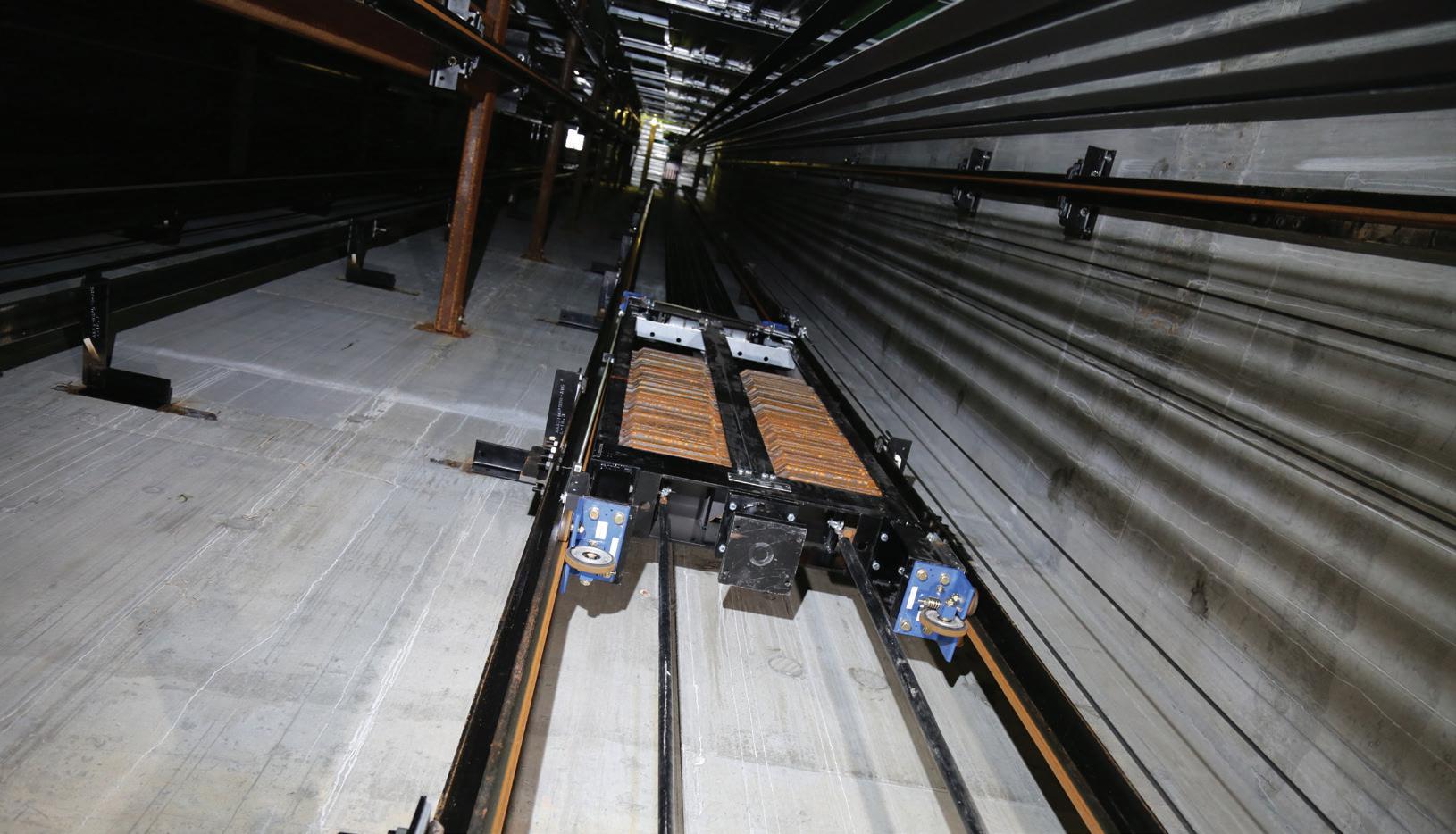
Instruction Hours: 8
Prerequisites: Advanced Topics in Elevators 800
Online: No Classroom: Yes
CE010 Door Operator Series
Describes passenger elevator doors and entrance installations, elevator cab assembly and door operators, freight elevator doors and gates, and freight door operators.
Instruction Hours: 8
Prerequisites: Electrical Fundamentals 300, Electrical Theory & Application 400, and Installation 500
Online: No Classroom: Yes
CE011 Meters Series
Explores the VOM multimeter, including measuring voltage, current, and resistance. Stresses meter safety, care of the multimeter, and protecting equipment. Addresses the line splitter, the precision shunt, and current conversions. Covers capacitors and inductors and applications of current and resistance measurements. Includes experiments on the mini Electra Lab.
Instruction Hours: 8
Prerequisites: Electrical Fundamentals 300 and Electrical Theory & Application 400
Online: No Classroom: Yes
CE012 Maintenance
Details all facets of elevator maintenance including the machine room and hoistway as well as hydraulic elevators.
CE012.1 Machine Room Maintenance
Highlights the more common areas of maintenance in traction elevator machine rooms and their accepted procedures, including customer relations skills, record keeping, and inventory management. Makes clear for apprentices to follow company procedures or policies where they exist.
Instruction Hours: 8
Prerequisites: Installation 500 and Advanced Topics in Elevators 800
Online: Yes Classroom: Yes
CE012.2 Hoistway Maintenance
Focuses on items common to most installations and their nearly universal periodic maintenance operations. Concludes with required testing procedures. Details code-required items for testing, along with traditionally accepted methods of performing these tests.

Instruction Hours: 8
Prerequisites: Installation 500 and Advanced Topics in Elevators 800
Online: Yes Classroom: Yes
Course Catalog 2 www.neiep.org Training Today for Tomorrow’s Needs
CE012.3 Hydraulic Elevator Maintenance

Outlines common maintenance items and problem areas associated with hydraulic equipment, including motor starting and protection systems, noise reduction, belt maintenance, and valve and solenoid care. Examines the area of the pit and discusses safety issues of the jack, pit shutoff valve and hydraulic piping.
Instruction Hours: 8
Prerequisites: Installation 500 and Advanced Topics in Elevators 800
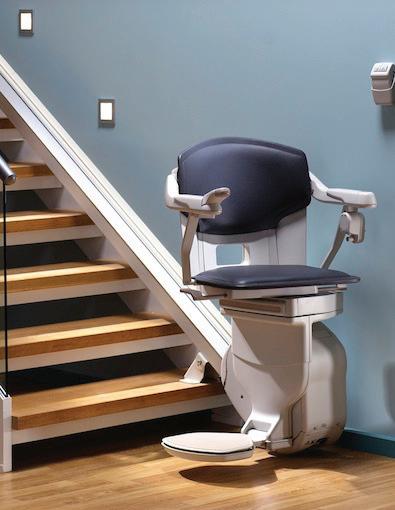
Online: Yes Classroom: Yes
CE013 Rack & Pinion
Explores the components of rack & pinion elevators as well as permanent and temporary installations, maintenance, repairs, and safety concerns associated with this specialty lift.
Instruction Hours: 8
Prerequisites: Advanced Topics in Elevators 800
Online: Yes Classroom: Yes
CE014 Traveling Cable Series
Discusses the use of traveling cables within the elevator industry. Details the fabrication, installation, and construction of various types and sizes of traveling cable. Explains proper handling and preparation of the cable for installation. Explores methods used to hang and protect traveling cable from undue wear and abrasion on all installations, from low- to high-rise applications. Presents methods of installing piping and wiring associated with the elevator car.
Instruction Hours: 8
Prerequisites: Installation 500

Online: No Classroom: Yes
CE015 LULA Series
Details all aspects of residential and limited use/limited access (LULA) lifts including a comparison of the different types and their installations, machine rooms and spaces, clearances, doors and entrances, types of drive power, major components and more. Covers stairway lifts and discusses stairway types and standard sequence of installation as well as system components and equipment options.
Instruction Hours: 16
Prerequisites: Advanced Topics in Elevators 800
Online: Yes Classroom: Yes
CE016 Asbestos

Provides a brief history of asbestos use in the United States, when asbestos finally became regulated and the progression of more stringent exposure limits up to and including the ban on the use of AsbestosContaining Material (ACM). Explains how Elevator Constructors can protect themselves and their families from exposure. Presents current OSHA and EPA regulations and discusses workers’ rights to access the results of required testing for ACM use and abatement.
Instruction Hours: 4
Prerequisites: None
Online: Yes
Classroom: Yes
www.neiep.org Course Catalog 3 CONTINUING EDUCATION COURSES
CE017 Safety Testing for Code Compliance
Details safe inspection procedures for traction and hydraulic systems. Designed for those with previous instruction in NEIEP material and experience in the field.

CE017.1 Testing Traction Elevators
Identifies the steps of category one and category five safety testing procedures for traction elevators. Explains the purpose of the safety testing process to prepare for annual and five-year inspections. Describes how to conduct annual and five-year safety tests for traction elevators.
Instruction Hours: 8
Prerequisites: Electrical Fundamentals 300, Electrical Theory & Application 400, and Advanced Topics in Elevators 800
Online: Yes Classroom: Yes
CE017.2 Safety Testing for Hydraulic Elevators
Outlines the testing procedures required for hydraulic elevators and lists the tools needed for testing. Discusses system pressures and identifies the procedures for categories one, three, and five testing of hydros. Includes examples of test forms.
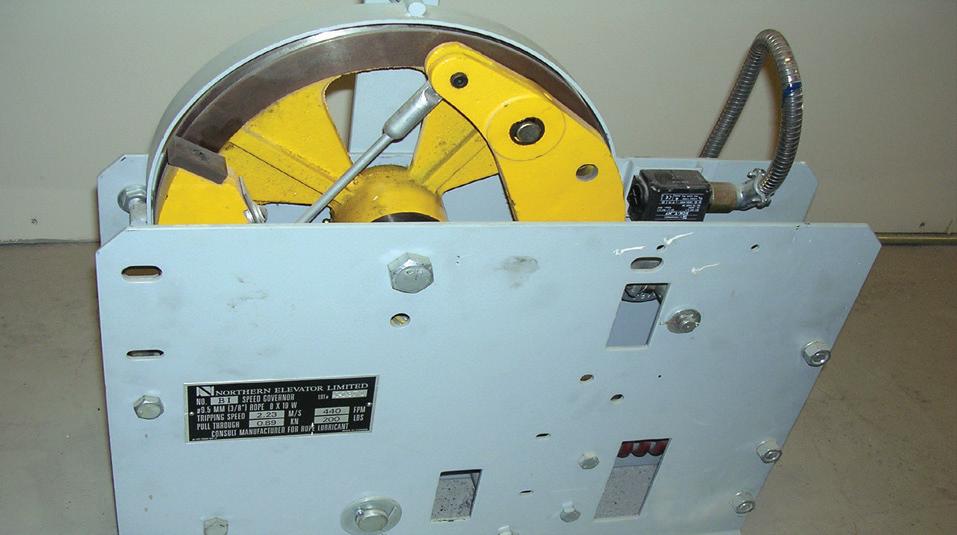
Instruction Hours: 8
Prerequisites: Electrical Fundamentals 300, Electrical Theory & Application 400, and Advanced Topics in Elevators 800
Online: Yes Classroom: Yes
CE018 Scaffolding Competent Person Course
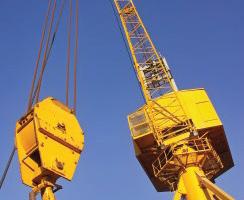
Provides competent person training for framed scaffolds including erecting and dismantling framed scaffolding. Details procedures for observing, correcting, and preventing hazards associated with framed and suspended scaffolding. Elevator constructors who successfully complete this course receive a Competent Person certification and a Hazardous Awareness certification.
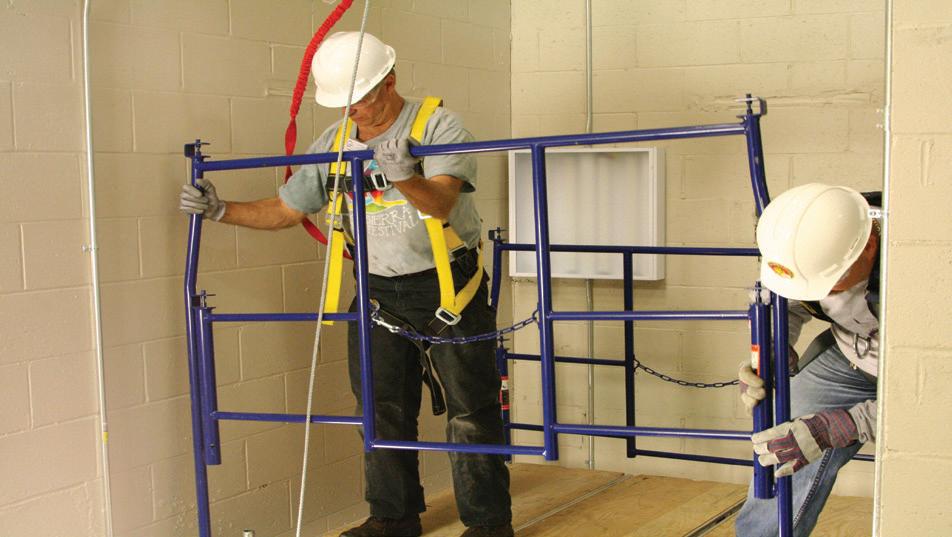
Instruction Hours: 12
Prerequisites: None
Online: No Classroom: Yes
CE019 Welder Training
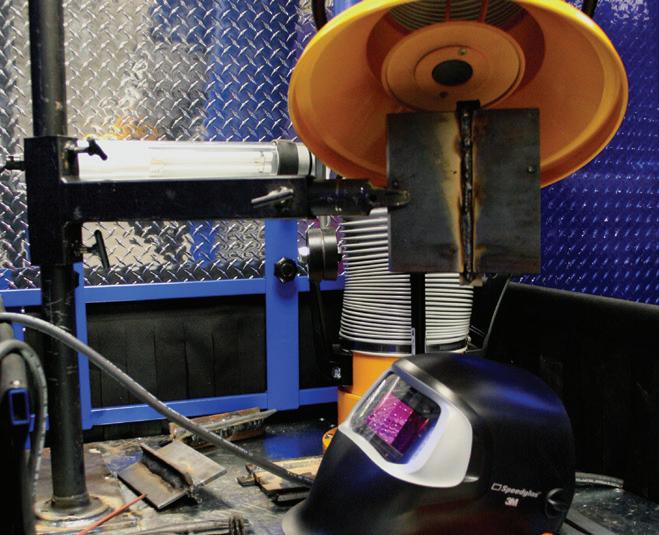
Identifies welding terms and definitions. Demonstrates safe work habits in the welding environment. Describes the parts and types of welds and weld joints. Explains how to interpret basic welding symbol information. Details the process of SMAW machine set-up, joint preparation, root pass, cover pass, and cap and backing bar removal. Prepares students to identify the necessary steps and acquire the skills to pass the 3G/4G welding certification in accordance with AWS D1.1 Structural Steel Code. Recognizes AWS SMAW certification procedure specifications. Culminates in 3G and 4G welding certification for successful challengers.
NEIEP provides welder training to all interested Elevator Constructors through a systematic program of deploying Mobile Welder Training Units. All elevator constructors wishing to participate in this program will be required to fill out an application available on the Online Training and Licensing page at neiep.org under Additional Training. Part I of the application process includes completion of the Online SMAW course.
Instruction Hours: 40
Prerequisites: Online SMAW Course
Online: No Classroom: Yes
Course Catalog 4 www.neiep.org Training Today for Tomorrow’s Needs
CE020 Online Course in Signaling & Rigging
Covers signaling and rigging basics. CE020 is a prerequisite for CE021: Signal Person & Rigger Level II Prep Course – a classroom-based course with a hands-on rigging component, which will prepare you to challenge the Certified Signal Person & Rigger Level II Exam content. Please contact your Local to find out when and where CE021 will be held in your area. While you may use your CE020 Certificate of Completion to register for the Certified Signal Person & Rigger Levels I & II (CSPR-1/2) Exam at www.elevatorcspr.org.
NEIEP strongly recommends completing BOTH CE020 (online) and CE021 (classroom) courses to ensure you are thoroughly prepared to challenge this rigorous exam.
Instruction Hours: 8
Prerequisites: None
Online: Yes Classroom: No
CE 021 Classroom-Based Course in Rigging
Developed in collaboration with the Crosby Group, includes a hands-on rigging component as preparation for challenging the Certified Signal Person & Rigger Levels I & II (CSPR-1/2) exam content. Visit www.elevatorcspr.org to learn more about earning a Certified Signal Person & Rigger Levels I & II card through this ANSI-accredited Personnel Certification program.
Instruction hours: 20
Prerequisites: CE020 Online Course in Signaling & Rigging
Online: No Classroom: Yes
CE022 Financial Tools for the Trades
Provides an easy-to-understand overview of topics that are especially important in this economy, including: creating and sticking to a budget; reading and understanding credit reports; managing debt and fixing your credit; setting up an emergency fund in case you get laid off; and planning for long-term goals like buying a house, saving for your kids’ college funds or your own retirement.
Instruction Hours: 8
Prerequisites: None
Online: Yes Classroom: Yes
CE023 Harassment and Discrimination in the Workplace

Introduces the Title VII Civil Rights Act and explains what constitutes sexual harassment and the speech that harassment law restricts. Explores barriers to resolutions and strategies to exhibit respect in the workplace. Discusses what constitutes discrimination. Explores strategies for making the most of diversity in the workplace and beyond.
Instruction Hours: 2
Prerequisites: None
Online: Yes Classroom: No
CE024/S Advanced Hydraulic Valve Operation—Adjustment and Troubleshooting
Covers the design, functioning, operation, and adjustment of various types of hydraulic valves, together with methods of performing required testing. Stresses safe work practices throughout. Comprised of a manual with unit examination and three lab books for hands-on learning. All enrollees will explore the first two lab exercises. The third lab guides enrollees on the use of the Hydraulic Valve Simulator available in some locations.
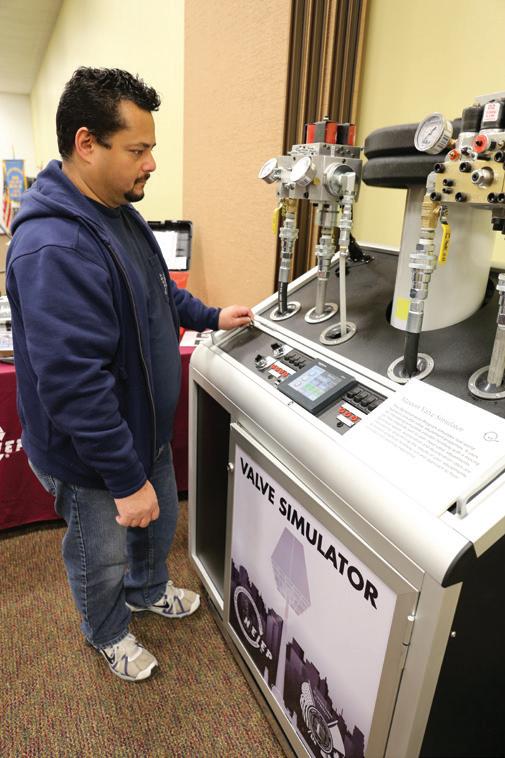
Instruction Hours: 12 (16 with Simulator)
Prerequisites: Advanced Topics in Elevators 800
Online: No Classroom: Yes
CE025 Mechanic Review Eligibility Course
Offers students a thorough review of all eight semesters of NEIEP apprenticeship to prepare for the Mechanic Examination. Maintains exam eligibility for students through their participation in active hours of classroom training.
Instruction Hours: 72
Prerequisites: All apprenticeship semesters 100-800
Online: Yes Classroom: Yes
www.neiep.org Course Catalog 5 CONTINUING EDUCATION COURSES
CE026 Arc Flash Safety in the Workplace
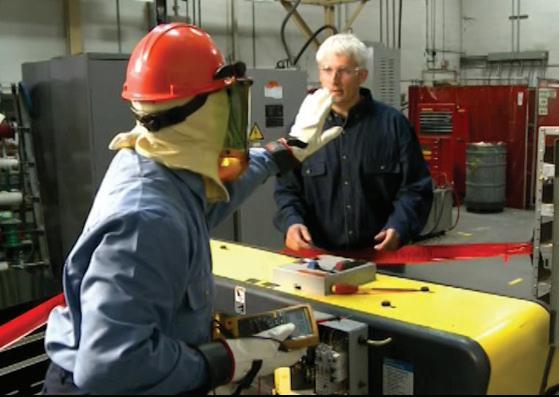
An arc flash is a sudden, unexpected discharge of electricity that travels through the air between conductors, or from a conductor to ground. This short circuit releases enormous amounts of energy as light and heat. This course gives Elevator Constructors the knowledge and awareness they need to avoid the calamities that can and do result every day from a lack of training.
Instruction Hours: 8
Prerequisites: None
Online: Yes Classroom: No
CE027 Virtual Escalator
This interactive course allows students to explore the complex inner workings of an escalator through a 3D computer model. Highlights structure and functions of a typical escalator installation. Details the components and assemblies of the escalator and how they work within the escalator framework. Introduces students to the names, locations, and functions of the major mechanical and electrical escalator components. Uses generic names when discussing components, since this nomenclature can be different from one manufacturer to another. Provides a solid foundation in escalator system functionality no matter the company on the nameplate.
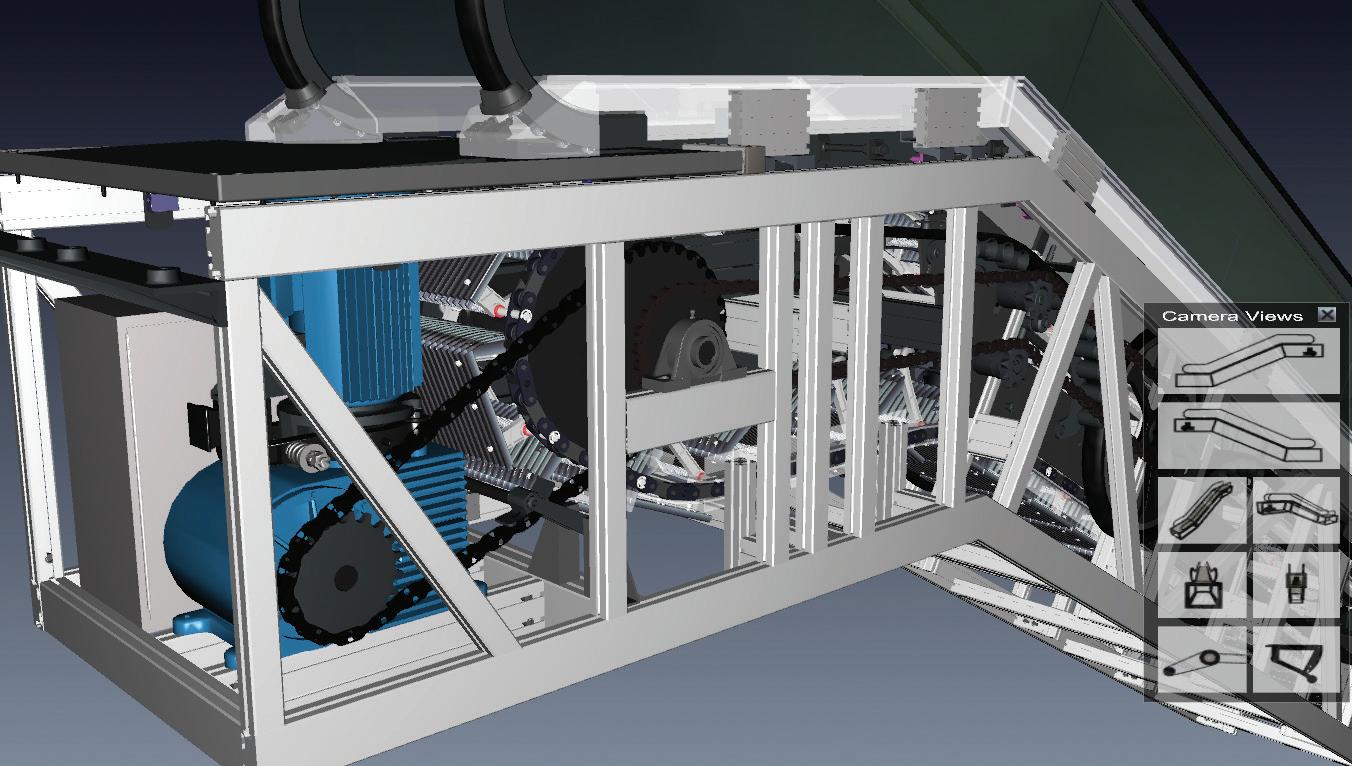
Instruction Hours: 24
Prerequisites: None
Online: Yes
Classroom: No
CE030 CPR/First Aid/AED
As part of our continuing emphasis on safety in the workplace, NEIEP offers a certification that includes first aid, adult CPR, child CPR, and the use of Automated External Defibrillators (AEDs). Offered in conjunction with the American Heart Association. All course instructors are AHA Heartsaver® trained and certified.
Classes are open to all active members, including probationary apprentices. Instructors can create classes of no more than nine and no less than three students at a time. All necessary training materials are provided. Classes are usually conducted in one day, and after completion of a written exam, students are certified through the AHA. After all paperwork is returned to NEIEP, certification cards are sent out electronically to the student’s email, along with login information for the AHA website. This allows students instant access to both their credentials and lifesaving information from the AHA.
Instruction Hours: 8
Prerequisites: None
Online: No Classroom: Yes
Forklift Certification Course
Benefit-eligible members should take advantage of NEIEP’s certification offering on the safe operation of the forklifts commonly found on work sites.
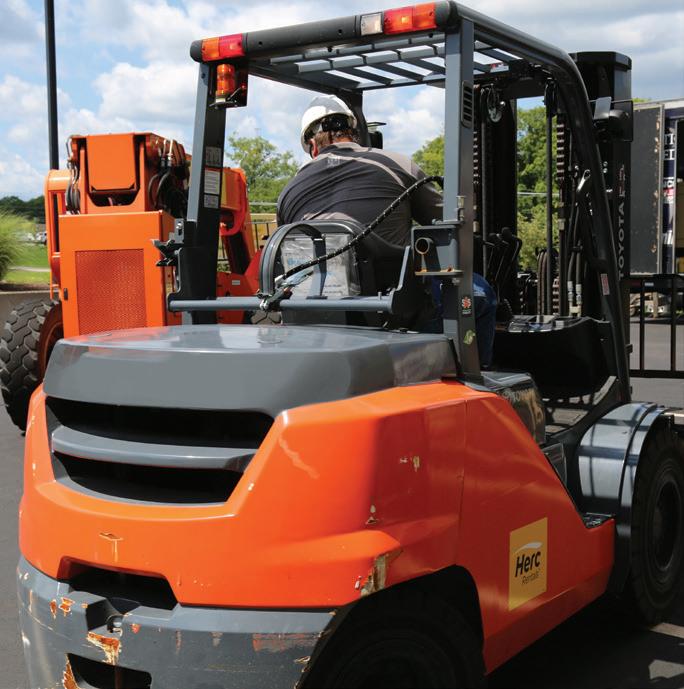

Identifies hazards associated with the use of a forklift, key points from code standards, and site-specific rules and procedures for operating a forklift safely. Students will complete an assessment of safe forklift operation knowledge with a score of 80% or higher, and they will be able to state the procedure for becoming qualified to safely operate another forklift with different controls, fuel systems, and attachments.
Instruction Hours: 8
Prerequisites: None
Online: No Classroom: Yes
Course Catalog 6 www.neiep.org Training Today for Tomorrow’s Needs
CE031
CE032 Aerial Lift Certification Course

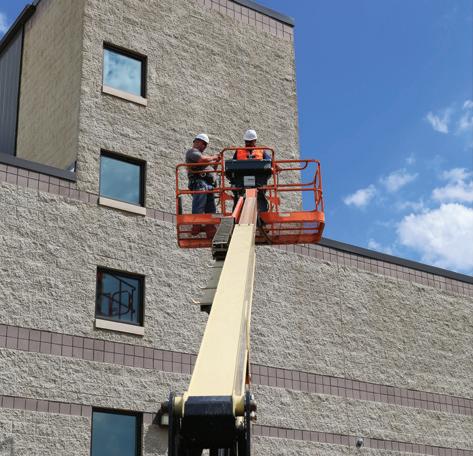
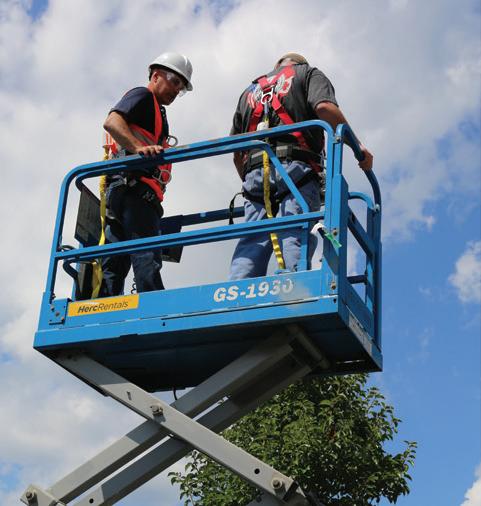
After completing the Aerial Work Platform Safe Operation Training Program, participants will be able to identify hazards associated with the operation of an aerial work platform. They will be able to identify key code-related points as well as procedures for operating an aerial work platform safely. Students will complete an assessment of knowledge covering aerial work platforms with a score of 80% or higher, and they will be able to state the procedure for becoming qualified to operate another aerial work platform with different controls, fuel systems, configurations, and attachments.
Instruction Hours: 8
Prerequisites: None
Online: No Classroom: Yes
CE033 Introduction to Automated People Movers (APMs)
Discusses APM systems in use today, with a specific emphasis on systems installed at airports. Describes the history of APMs, covering origins, the beginnings of modern systems, and subsequent developments throughout the latter half of the twentieth century up to present day. Explores the different types of APM systems configurations, including single-lane, duallane, single loop, double loop, and pinched loop. Covers APM control systems, with a focus on Automated Train Control (ATC) systems and subsystems. Details a basic sequence of operations for a generic APM.
Instruction Hours: 8
Prerequisites: None
Online: Yes Classroom: No
CE035 Virtual Code Courses

2013 Hydro Code Course
Provides a unique virtual experience for exploring hydraulic elevators with a focus on the code requirements that govern them. Students are placed in a virtual representation of the work environment where they will maneuver to all parts of the equipment. Covers the ASME A17.1 2013 code for traditional hydraulic elevators, with code references regarding hydraulic elevator pits, hoistways, machine rooms, and cabs.
Instruction hours: 10
Prerequisites: None
Online: Yes Classroom: No
2013 Escalator Code Course
Provides a unique virtual experience for exploring escalators with a focus on the code requirements that govern them. Students are placed in a virtual representation of the work environment where they will maneuver to all parts of the equipment. Covers the ASME A17.1 2013 Code for Escalators as well as ASME A17.2-2014 Guide for Inspection of Escalators.
Instruction hours: 8
Prerequisites: None
Online: Yes Classroom: No
2013 Traction Code Course
Provides a unique virtual experience for exploring overhead geared, overhead gearless, basement geared and machine room-less traction elevators with a focus on the code requirements that govern them. Covers the most relevant aspects of ASME A17.1-2013 Safety Code for Elevators and Escalators for overhead, basement, and MRL installations as well as A17.2-2014 Guide for Inspection of Elevators, Escalators, and Moving Walks. Students enrolling in the online course will find themselves in a virtual representation of the work environment where they can maneuver to all parts of the equipment.
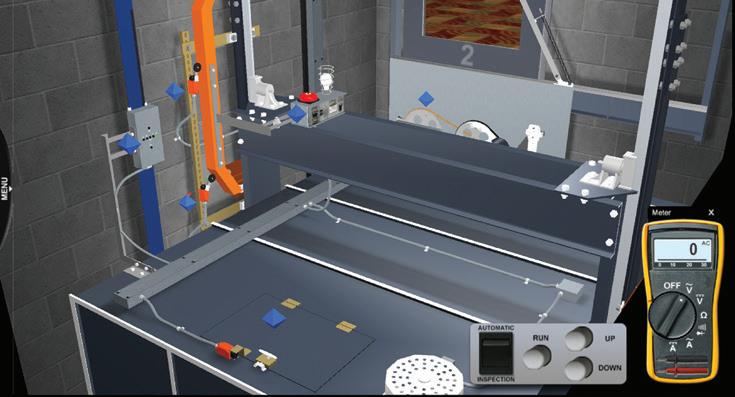
Instruction hours: 8
Prerequisites: None
Online: Yes Classroom: No
www.neiep.org Course Catalog 7
CONTINUING EDUCATION COURSES
CE036 Confined Spaces Awareness
Confined spaces can pose dangers in the work environment for Elevator Constructors, including entrapment, ventilation issues, or accidents involving electrical or mechanical equipment. This course provides an overview of the new Confined Spaces in Construction standard, 29 CFR 1926. This new ruling is compared to the older Confined Spaces in General Industry Standard, 29 CFR 1910. After successfully completing the course, students will have a greater awareness of safe work practices for confined spaces.
Instruction hours: 6
Prerequisites: None
Online: Yes Classroom: No
CE037 Motor Alignment Lab
Competent motor alignment is a valuable skill not to be overlooked by Elevator Constructors. Motor alignment, or tramming, is the operation of bringing the shaft centerlines of the motor and machine into alignment. The Motor Alignment Lab ensures that this important work does not fall away from the skillset of IUEC members. Covers three types of motor misalignment: Angular misalignment occurs when the motor is set at an angle to the driven equipment. Parallel misalignment occurs when the two shaft centerlines are parallel but not in the same plane. Combination misalignment occurs when the motor shaft suffers from angular as well as parallel misalignment. Course participants will have the opportunity to explore methods, tips, and techniques to remedy these tramming troubles with the use of a specially designed lab that simulates the real-world experience.
After completing the course, students will be able to:
1. Assess job scenario and perform proper pre-alignment procedures
2. Demonstrate three different methods for motor alignment—“Rim and Face,” “Feeler Gauge,” and “Dual Drum”—to manufacturer specs
3. Demonstrate pulley alignments to manufacturer specs using the straight-edge technique
4. Perform belt tensioning to meet manufacturer specs
Instruction hours: 12
Prerequisites: None
Online: No Classroom: Yes
CE038 AC Motor Starters
Covers multiple ways to connect and start an AC motor, including across-theline and Wye-Delta configurations. Explores how to construct reversing circuits and how to perform a mod to replace Wye-Delta with a soft starter. Describes troubleshooting methods for all of the circuits.
Instruction hours: 20
Prerequisites: Electrical Fundamentals 300 and Electrical Theory & Application 400
Online: No Classroom: Yes
CE039 AC Motor Lab
Explores the proper connections of all AC motor types, from three-lead to twelve-lead. Discusses motor theory and the testing of motors that may have faults such as open or shorted windings.
Instruction hours: 16
Prerequisites: Electrical Fundamentals 300 and Electrical Theory & Application 400

Online: No Classroom: Yes
CE040 – Drug and Alcohol Awareness in the Workplace
Focuses on the safety hazards that substance abuse can create on a jobsite. Offers examples and resources for members who might want to support someone who struggles with a substance abuse issue.

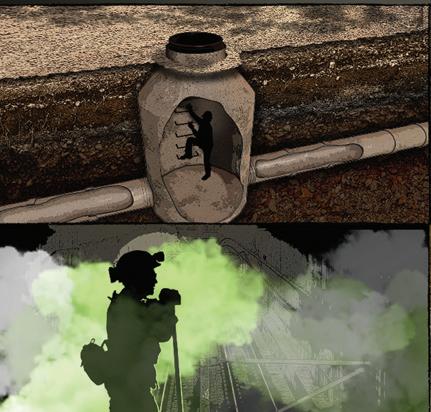

For more information on benefits and support, visit the IUEC’s Member Assistance Program at: https://bit.ly/3Ct2dLQ
Instruction hours: 2
Prerequisites: None
Online: Yes Classroom: No
Course Catalog 8 www.neiep.org Training Today for Tomorrow’s Needs
CE041 Multimeter Course
Details safe and proper handling of a multimeter to produce accurate, useful measurements.
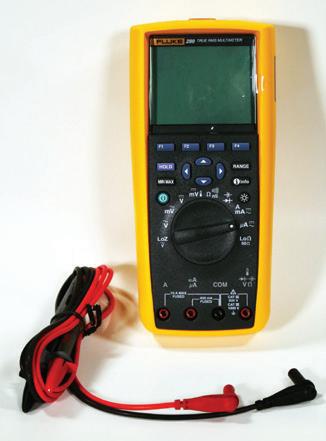
Comprised of six lessons with 26 specific learning objectives covering the following topics:
Lesson 1. Multimeter Orientation
Lesson 2. Around the Dial Lesson 3. Advanced Measurement Modes

Lesson 4. Extending Capabilities
Lesson 5. Choosing a Multimeter Lesson 6. Inspection and Maintenance
Culminates with a final exam and provides a certificate upon successful completion with an exam score of 80% or higher.
Instruction hours: 3
Prerequisites: None
Online: Yes Classroom: No
CE042 Virtual Governor Lab
Simulates governor testing procedures in a virtual environment. Focuses on Category 1, Category 5, and Acceptance testing procedures as outlined by ASME A17.1, and simulates tripping speed, pull-through, and force to activate tests.
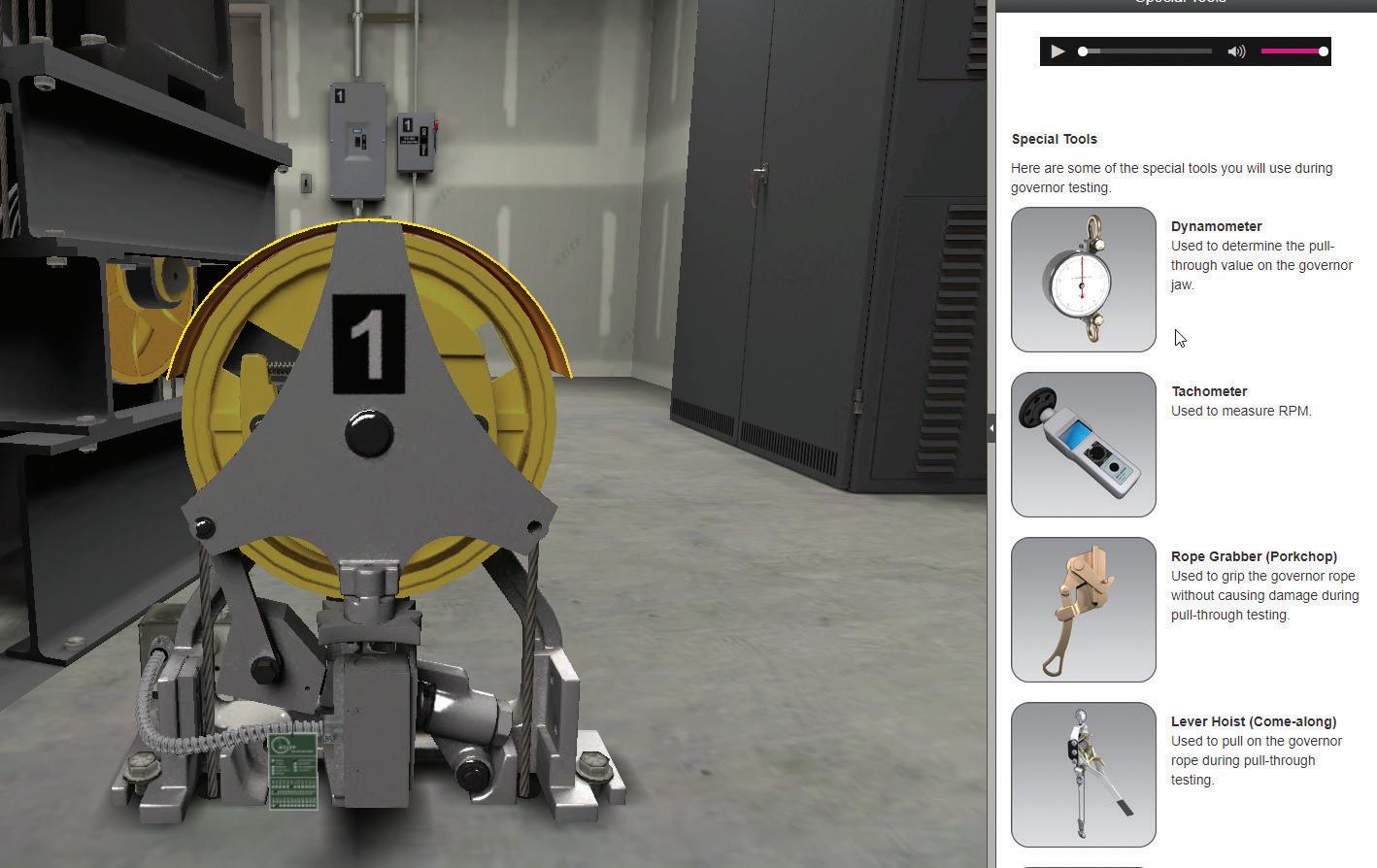

Designed by IUEC subject matter experts to function exactly as it would in the field. Provides familiarity with special tools, interpreting ASME A17.1 charts, and governor testing procedures.
CE044 Freight Door Maintenance and Repair
Examines details of freight door systems. Discusses maintenance procedures and repairs for landing doors and car doors, power and manual doors, interlocks, chains and linkages, lubrication, retiring cams, door operators and controllers. Explores freight door troubleshooting, including a chart that details possible solutions to different problems.
Instruction Hours: 8
Prerequisites: none
Online: No Classroom: Yes
Instruction hours: 2
Prerequisites: None
Online: Yes Classroom: No
www.neiep.org Course Catalog 9 CONTINUING EDUCATION COURSES
CE045 Escalator Step Index Training
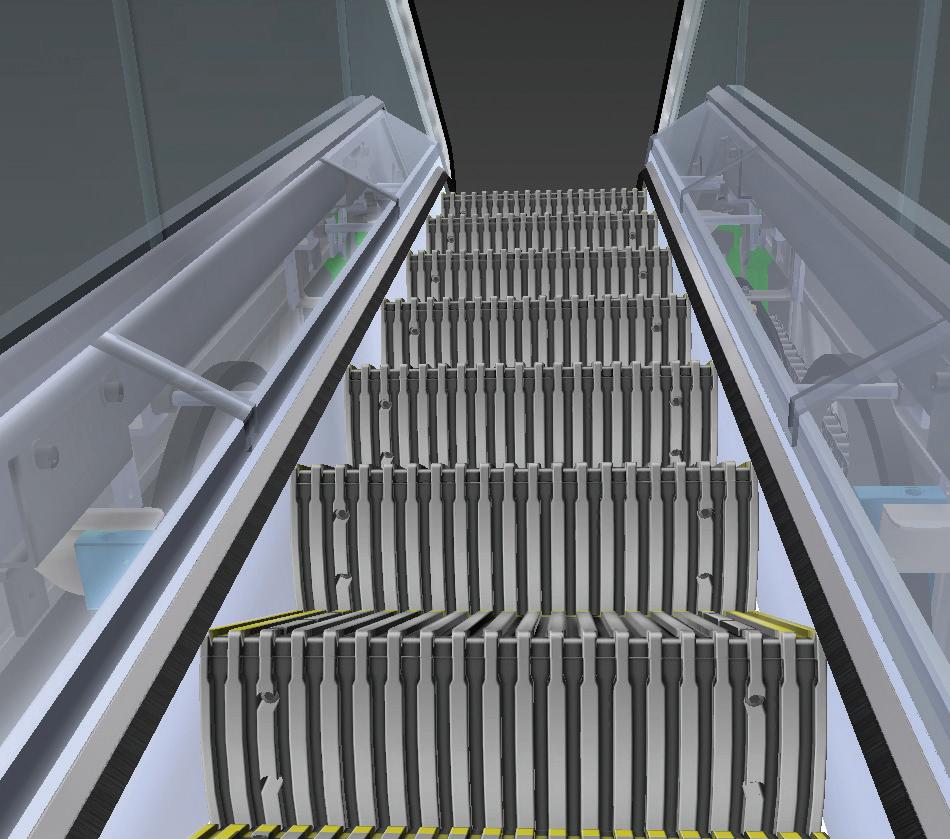
Provides a template for performing periodic step index testing. Explores the differences in equipment type and installations that may require a need to alter the test procedure. Details guidelines that ensure proper testing and that may reduce injuries and equipment.
Instruction hours: 6
Prerequisites: None
Online: Yes Classroom: No
OS001 OSHA 10 GENERAL INDUSTRY • CONSTRUCTION
The 10-hour OSHA course provides basic awareness training on the recognition, avoidance, abatement, and prevention of workplace hazards. Successful completion provides the OSHA 10 certificate.

Instruction Hours: 10
Prerequisites: None
Online: Yes Classroom: Yes
OS002 OSHA 30 GENERAL INDUSTRY • CONSTRUCTION
The 30-hour OSHA course provides training on an expanded list of safety topics associated with workplace hazards, including the recognition, avoidance, abatement, and prevention of workplace hazards. Also provides overview information regarding OSHA, including workers’ rights, employer responsibilities, and how to file a complaint. Successful completion provides the OSHA 30 certificate.

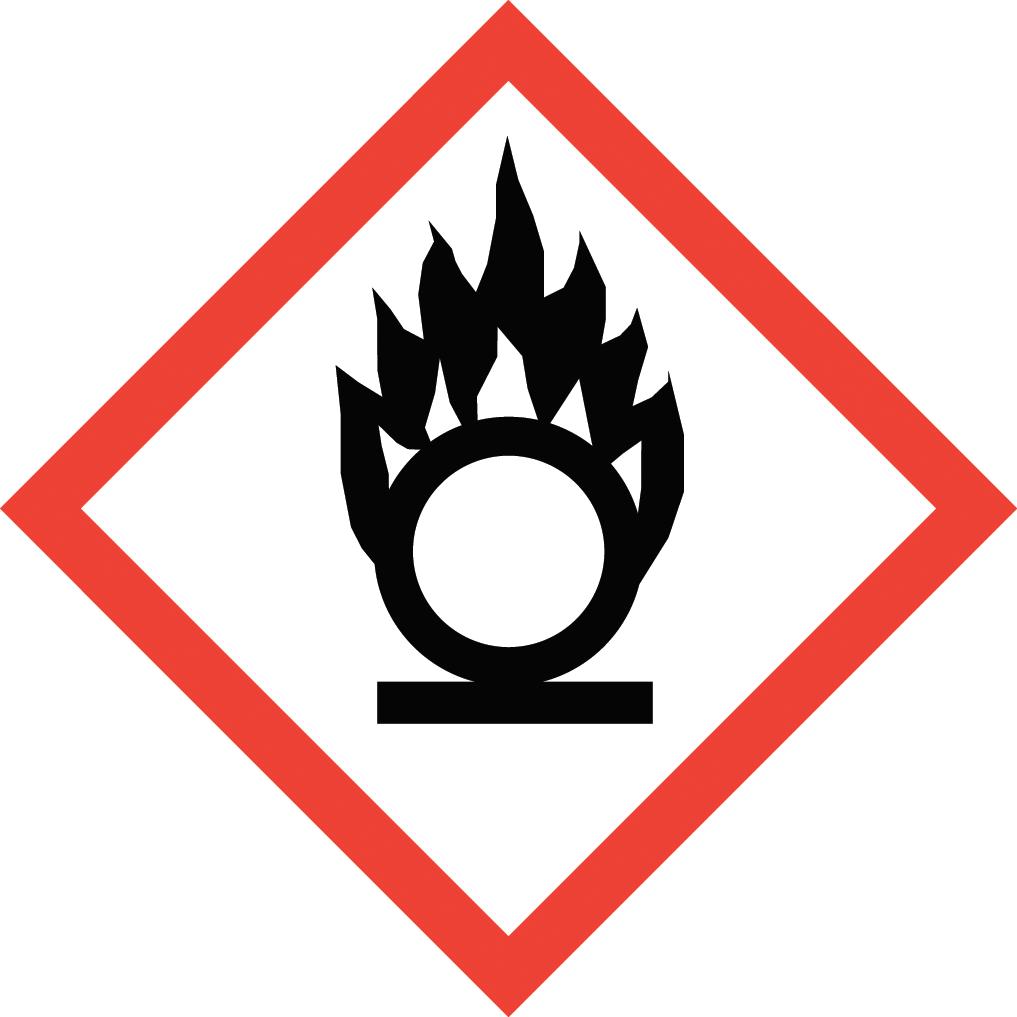
Instruction Hours: 30
Prerequisites: None
Online: Yes Classroom: Yes
Course Catalog 10 www.neiep.org Training Today for Tomorrow’s Needs
The NEIEP Instructor Training Institute (NITI) at Roger Williams University

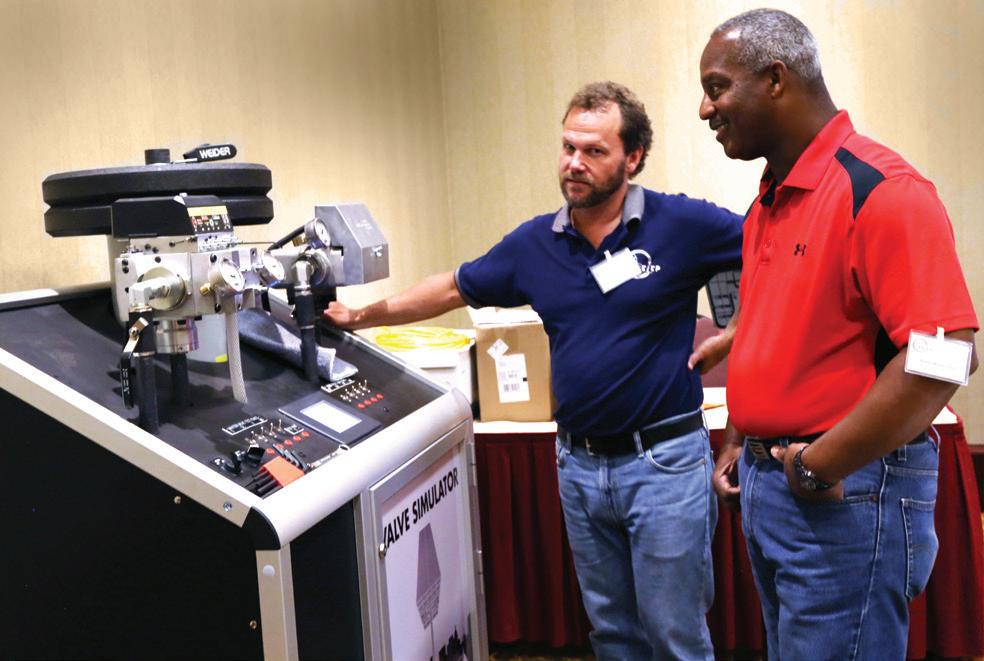
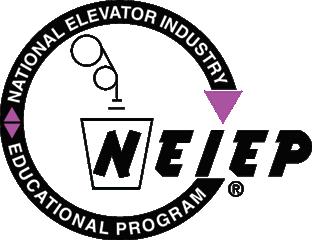

The NEIEP Instructor Training Institute (NITI) supports all of our classroom educators, including those who are new to the role as well as those who have been teaching for years. Two levels of certificate are offered (a Certificate in Classroom Instruction and a Master Certificate in Classroom Instruction). Our regimen of training for instructors includes core and advanced levels of train-the-trainer, workshops on the full array of classroom labs, as well as a professional development online course for our veteran educators. On average, typical NEIEP instructors receive a minimum of 64 training hours in the course of their careers instructing IUEC members. This level of training deserves its own credential, and that’s precisely what each successful NEIEP instructor is entitled to.
Requirements for certificate program completion:

Certificate in Classroom Instruction
• Instructor Orientation Course (online)
• Basic Train the Trainer Course (classroom)
• Advanced Train the Trainer Course (classroom)
• One Lab Workshop (classroom)
Master Certificate in Classroom Instruction
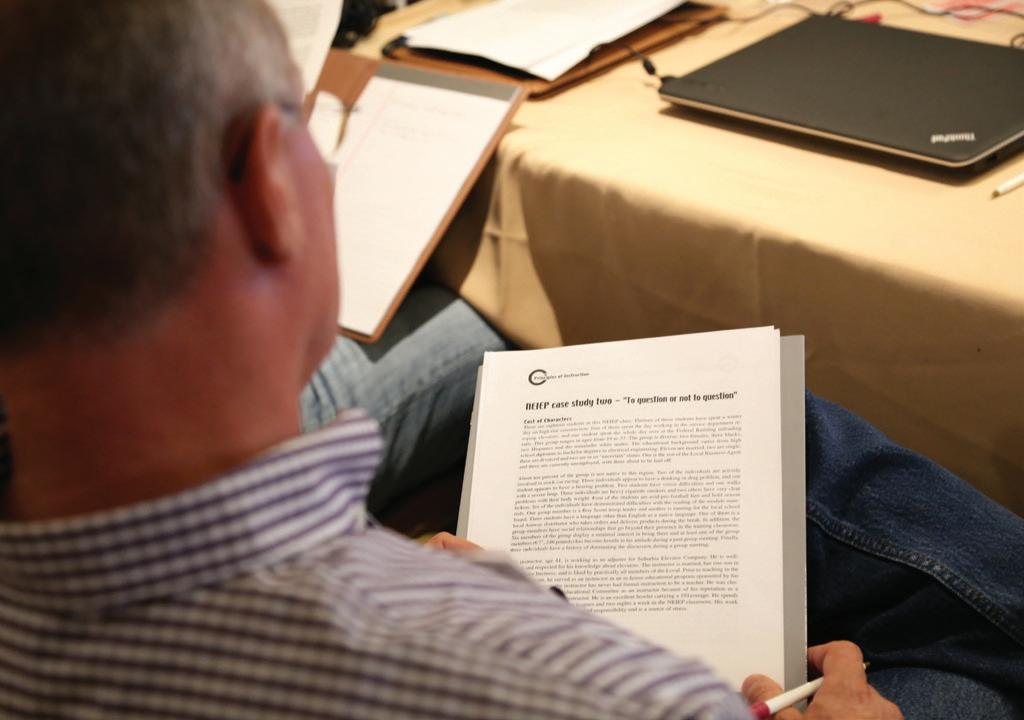
• All requirements listed above for the standard certificate
• Instructor Professional Development Course (online)
• One additional Lab Workshop (classroom)
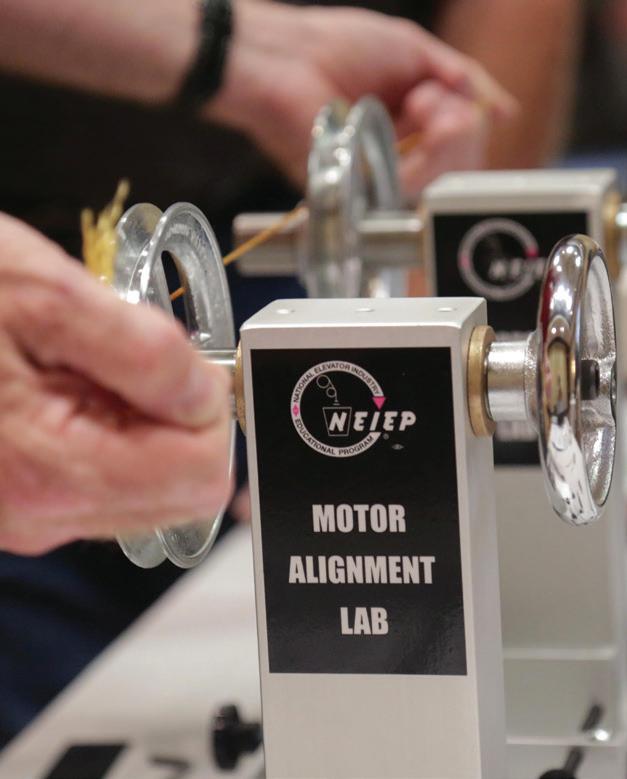
www.neiep.org Course Catalog 11 CONTINUING EDUCATION COURSES

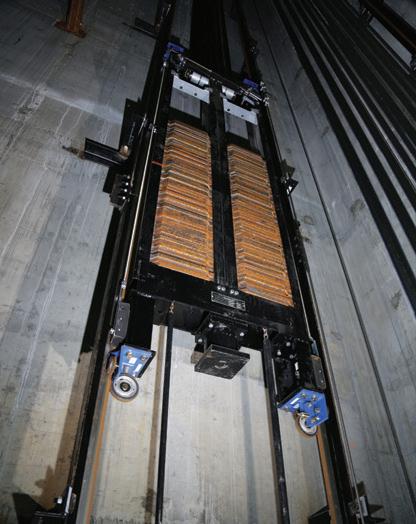
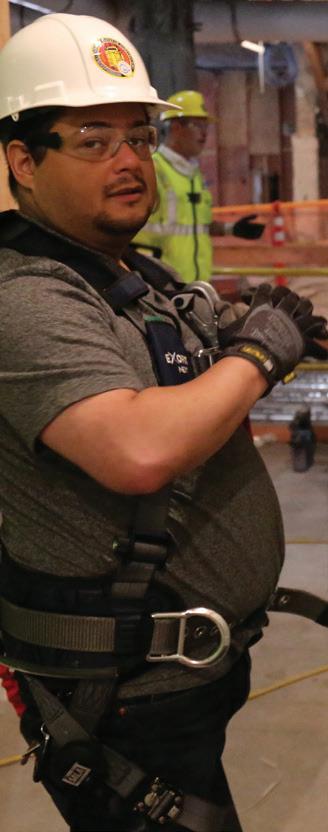
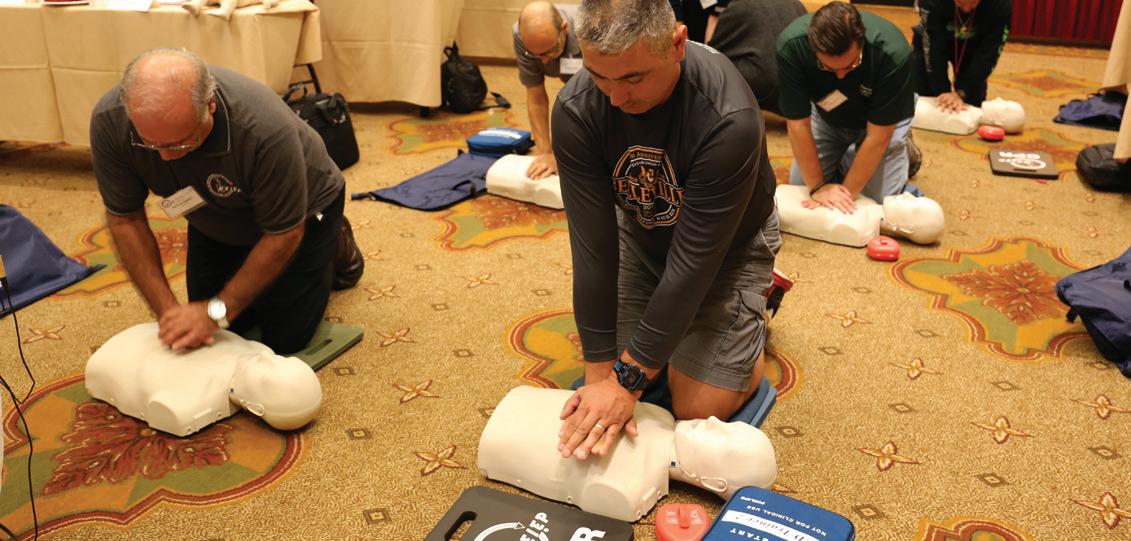


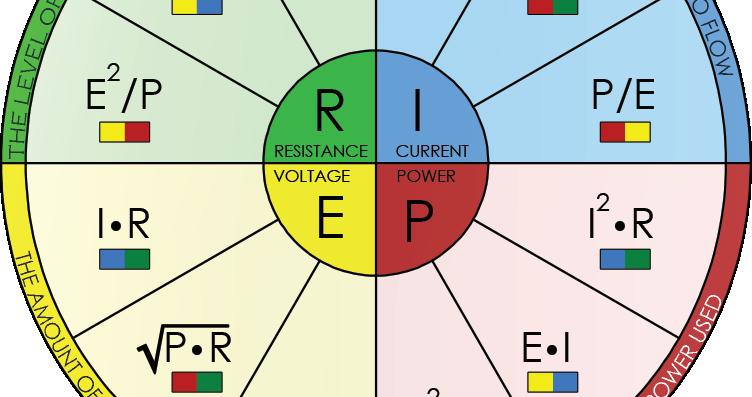
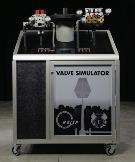
Course Catalog 12 www.neiep.org Training Today for Tomorrow’s Needs Training Today For Tomorrow’s Needs APPRENTICESHIP COURSES


www.neiep.org 13 NH0002 New Hire Probationary Program Semester 400 Electrical Theory & Application Semester 300 Electrical Fundamentals Semester 500 Installation Semester 600 Solid State Semester 700 Power & Logic Semester 800 Advanced Topics in Elevators Total Related Training Hours OJL Hours (2,000 per year) 72 72 72 72 72 72 72 648 8,000 REQUIRED COURSES HOURS Semester 100 Trade Skills 72 Semester 200 Hoistway Structures 72
NH002 NEW HIRE PROBATIONARY PROGRAM
New Apprentices serve a 12-month probationary period. During the first six months, they are required to successfully complete a probationary training course provided by NEIEP (NH002). All organized Apprentices are also required to complete NH002. Probationary Apprentices who have not completed NH002 are not eligible to attend RC semester training.
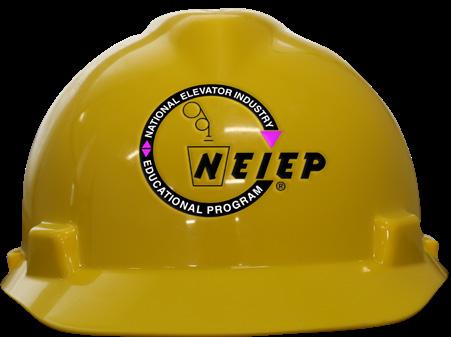
Unit 1: Introduction to Training & Awareness

Unit 2: Safety for Basic Tools & Tasks
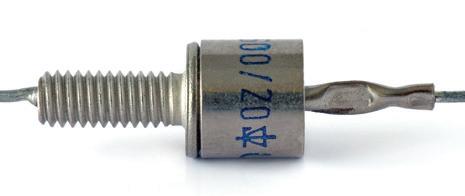
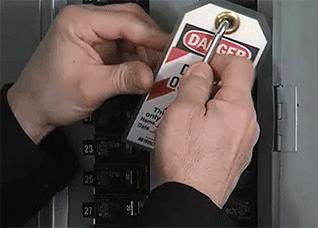
Unit 3: Working Safely

Unit 4: Harassment & Discrimination in the Workplace
Unit 5: Financial Tools for the Trades
Unit 6: Customer Relations
Unit 7: Tools for Success: Critical Skills for the Construction Industry
Unit 8: Elevator Industry Work Preservation Fund for New Hires

Course Catalog 14 www.neiep.org Training Today for Tomorrow’s Needs
TRADE SKILLS 100
Overview
Apprentices who complete this semester are certified OSHA 10, hold a CPR card from the American Heart Association, and may challenge SAIA’s Scaffolding certification. The NEIEP units in this course build a framework for these safety certifications, concentrating on basic mathematics, measurement, and on-the-job safety training.
Trade Skills 110
OSHA 10 Certification: Introduction to OSHA
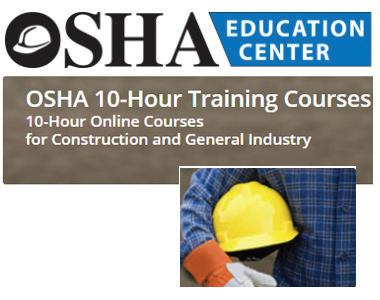
Promotes safety culture though peer training. The training is participatory, hands-on, and tailored for elevator constructors. The 10-hour training program is primarily intended for entry level workers and covers an overview of the hazards a worker may encounter on a jobsite. Training emphasizes hazard identification, avoidance, control and prevention.
Trade Skills 130
Safety During Construction, Installation, Service, Repair, and Modernization

Considers the need for barricades and overhead protection, workers’ rights and responsibilities, hazards specific to dumbwaiters, escalators and moving walks, and the importance of lockout/tagout (LOTO). Identifies hazards that might pose a threat to other workers and the public and describes steps that can be taken to mitigate those hazards. Includes a hands-on lab where apprentices identify and demonstrate safety gear given to them on the jobsite.
Trade Skills 120
Introduction to Safety in the Elevator Industry
Apprentices will recognize industry specific hazards, as well as identify proper safety equipment, PPE, and safety procedures associated with common power and hand tools as well as basic self-protective procedures and how to protect against potential environmental hazards on the jobsite. The importance of and need for lockout/tagout (LOTO) is stressed throughout the unit.

Trade Skills 140
American Heart Association
Heartsaver® First Aid CPR AED
Taught by AHA certified instructors, this unit teaches students critical skills needed to respond to and manage an emergency until medical professionals arrive. Covers first aid; choking relief in adults, children, and infants; and what to do for sudden cardiac arrest in adults, children, and infants.
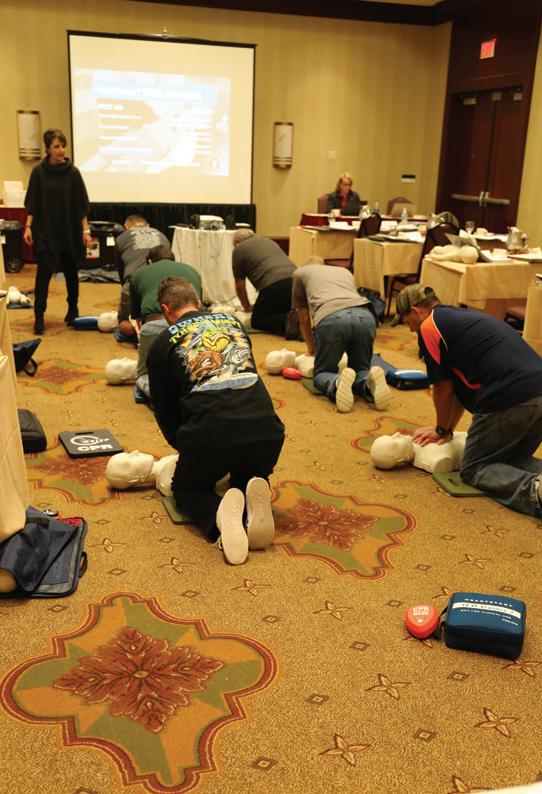
Trade Skills 150
Scaffold and Access Industry Association’s (SAIA) Competent Person Training for Framed Scaffolds
SAIA’s Competent Person Training trains on the skills needed to erect and dismantle framed scaffolding and provides the knowledge to observe, correct, and prevent hazards associated with framed scaffolding and its use. Apprentices who successfully complete this course receive a Competent Person certification.
www.neiep.org Course Catalog 15
TRADE SKILLS 100
Trade Skills 155
Scaffold and Access Industry Association’s (SAIA) Training Program for Suspended Scaffolds

Provides the knowledge to observe, correct, and prevent hazards associated with suspended scaffolding and its use. Apprentices who successfully complete this course receive a Hazardous Awareness certification.
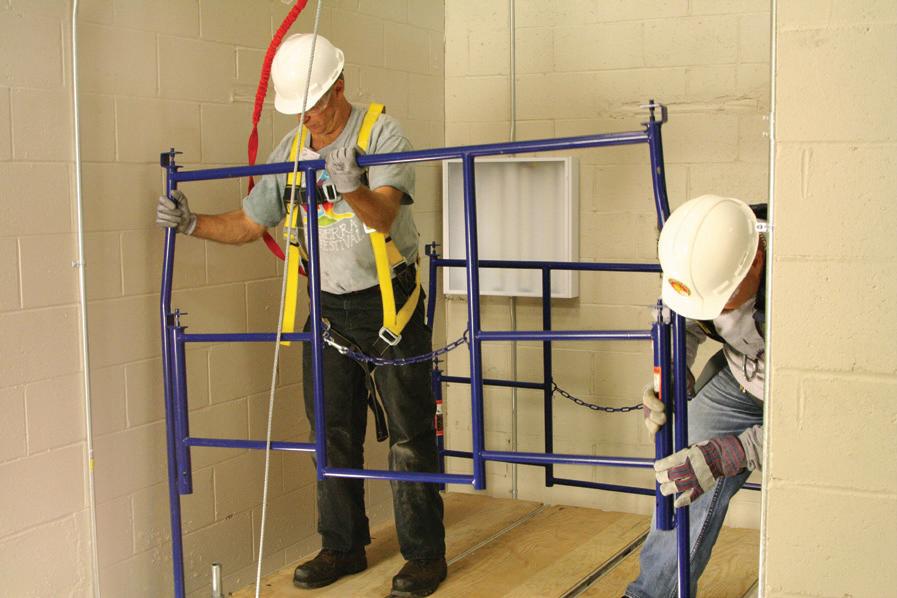
Trade Skills 160
Elementary Technical Mathematics: Review of Basic Mathematic Concepts
Covers basic math operations with whole numbers, fractions, decimals and percentages and also covers the order of operations, how to calculate area and volume, and powers and roots.
Trade Skills 180
Introduction to Installation Drawings
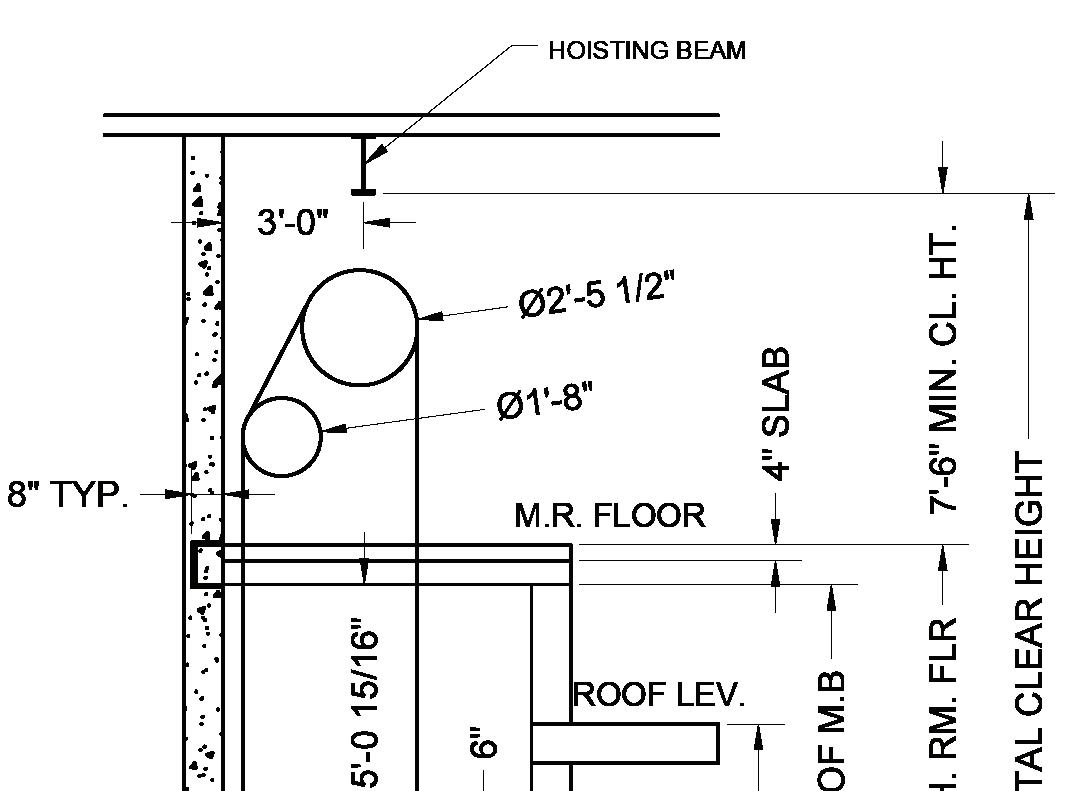
Covers the basic elements found on a print then describes the different drawing methods such as orthographic projections and three-dimensional views. Explores the types of working drawings and job abstracts used in the industry, emphasizing the final layouts, which are the prints used for all installations. Includes PDF prints of final layouts for a geared traction installation and a hydraulic installation.
Trade Skills 170
Elementary Technical Mathematics: Measurement
Presents methods for how to approximate numbers, use vernier and micrometer calipers, perform basic operations for measurements, how to calculate relative error and percent of error, and how to read scales.
Trade Skills 185
Detail Drawings and Material Specifications
Explores the mechanical drawings (custom, marked-up, standardized, and component) that give details about equipment installation or specific components. Includes descriptions of different classes of fits and the ways to measure clearances and tolerances. Also covers different types of threads, fasteners, and locking devices found on the job. Culminates with information on how to conduct a proper survey.
Course Catalog 16 www.neiep.org Training Today for Tomorrow’s Needs
HOISTWAY STRUCTURES 200
Overview
Course 200 continues where course 100 left off in the instruction of fundamentals. It progresses to the basic structures of an elevator starting from the pit up.
Hoistway Structures 205
Tools and Material Handling
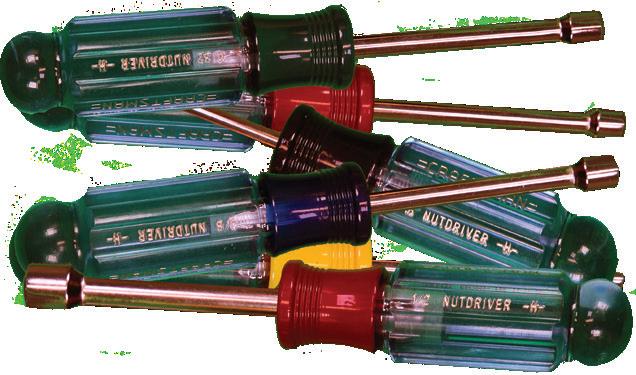


Part one provides information on how to use basic tools, such as wrenches, screwdrivers, ladders and scaffolds. Part two describes the different types of handling equipment encountered on the job and the proper methods for moving, handling, and storing materials.
Hoistway Structures 210
Rigging and Hoisting
Introduces basic knots and different types of ropes used in the industry with a focus on safety and best practices. Apprentices will explore typical rigging devices such as chains, slings, hooks, and shackles. Concludes with a section on setting up hoist supports and how to properly conduct the rigging procedure through hand and audible signals.
Hoistway Structures 215
Introduction to Pit Structures
Demonstrates how components in an elevator pit are used and how to install them. Details the importance of elevator pit maintenance.
Hoistway Structures 220
Introduction to Guide Rails
Defines the purpose of guide rails, the more common types of rails and sizes used, and some of the components and tools necessary for their installation.
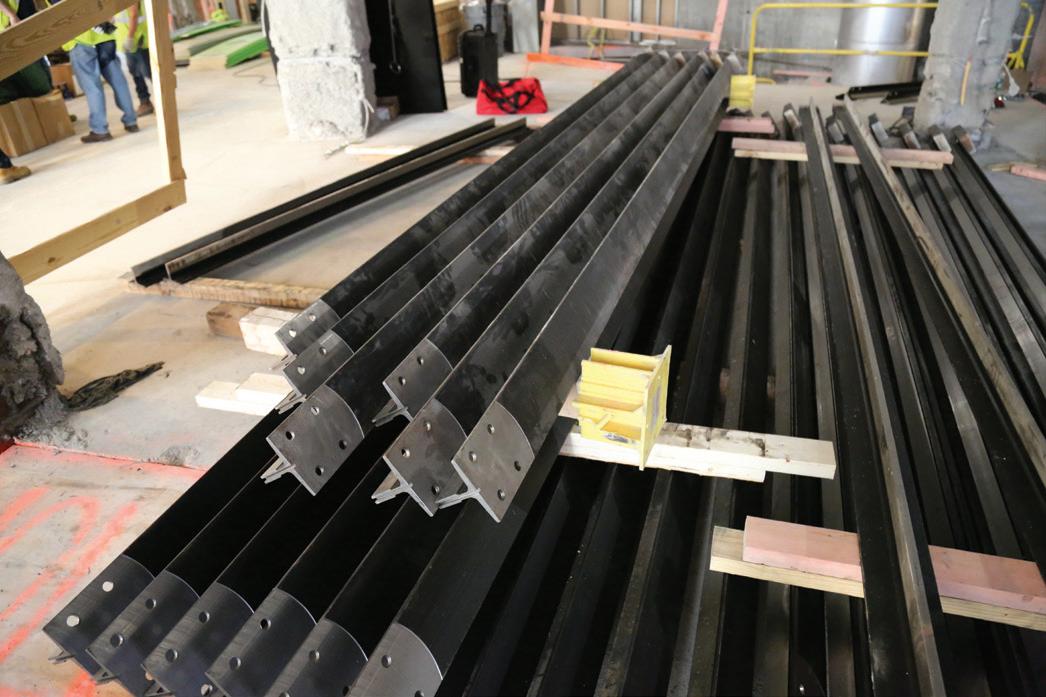
Hoistway Structures 225
Guide Rail Installation
Apprentices learn the installation process for guide rails from initial unloading to final alignment. Introduces important safety information when working in the hoistway. Presents the proper procedures for handling and storage including the differences between T-rail and formed rail preparation. Details initial steps of installation and emphasizes how to properly set and plumb the hoistway and rails. Describes how to compensate for building compression and alignment of the rails using the proper gauges and tools.
www.neiep.org Course Catalog 17
HOISTWAY STRUCTURES 200
Hoistway Structures 230
Machine and Sheave Installation
Covers basic information about the types of machines, sheaves, and beams found in the industry. Provides procedures for typical geared and gearless machine installations with deflector and secondary sheaves. To assist the apprentice, oversized prints accompany the installation procedures. Discusses additional installation procedures, including machine room floors for machines above and below, as well as installation procedures for MRLs. Describes different overhead sheave installations.
Hoistway Structures 235
Elevator Control Equipment Installation
Introduces general machine room installation and safety requirements. Covers major components including governors, selectors/encoders and control panels. Each topic includes functional descriptions as well as installation information.
Hoistway Structures 240
Car and Counterweight Assembly
Familiarizes apprentices with car types, car assembly, car frame components, and car frame installation procedures; as well as counterweight theory, counterweight components, and counterweight assembly.

Identifies different types of safeties and describes their operation. Explains why compensating ropes and chains are used. Calculates the amount of weight needed to counterbalance an elevator car. Explains and describes the purpose and operation of a seismic derailment system.
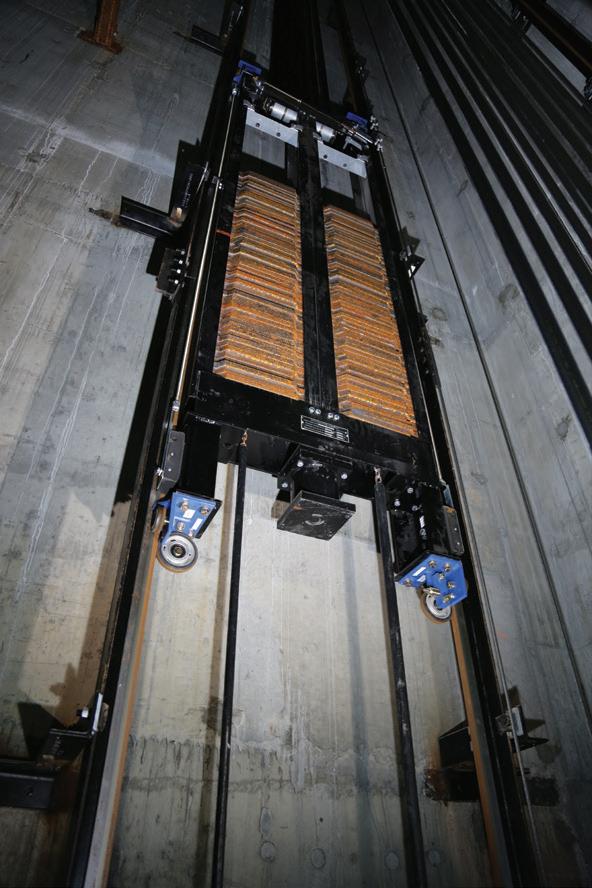
Hoistway Structures 245
Installing Suspension Means
Details the different types of ropes and belts that suspend the elevator car in the hoistway. Describes how suspension means are used in the industry, along with proper handling procedures. Presents details on wire seizing, socketing, embedment methods, and the use of rope wedge clamps. The procedures are based on current ASME Code. Concludes with descriptions of typical suspension means and compensation rope/chain installation procedures.

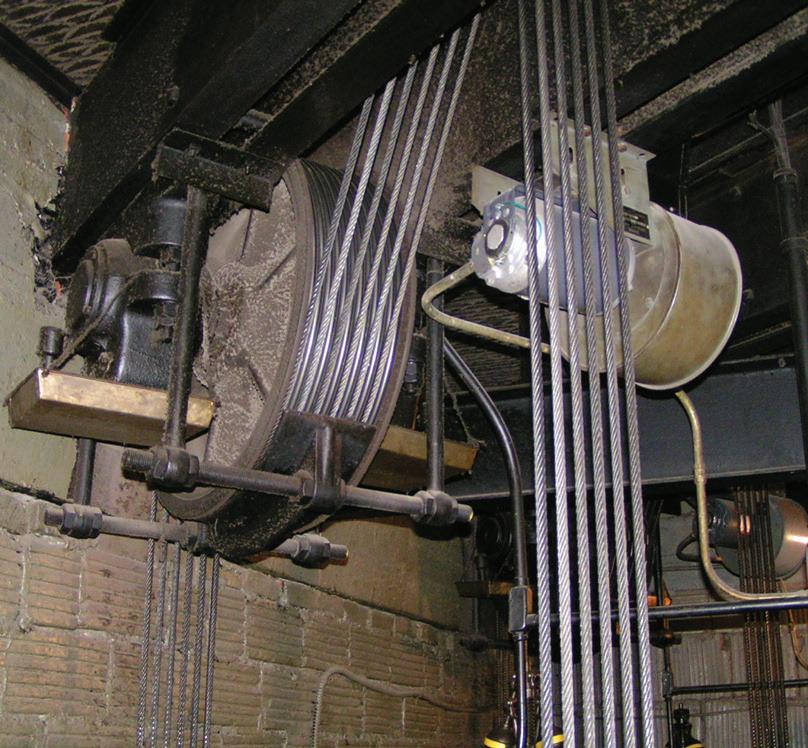
Hoistway Structures 250
Inspecting and Replacing Suspension Means
Explores in detail the major procedures involved in re-roping and re-belting work. Topics include wire rope and belt inspection criteria, lubrication of wire rope, rouging, rope stretch, rope diameter, the process of ordering replacement ropes and belts, and setting up the job with the customer. Details work site setup, tools and rigging equipment, car and counterweight setup, tensioning and re-belting/re-roping procedures for both 1:1 and 2:1 configurations.
Course Catalog 18 www.neiep.org Training Today for Tomorrow’s Needs
ELECTRICAL FUNDAMENTALS 300
Overview
Course 300 starts with an in-depth review of mathematics needed for electrical fundamentals. This course exposes the apprentice to basic electrical theory as applied to direct current and alternating current.
Electrical Fundamentals 305
Review of Basic Mathematic Concepts
Covers basic operations for whole numbers, fractions, decimals, percentages, and roots as a foundation for later concepts. Explores exponential and scientific notation, as well as direct and inverse proportions.
Electrical Fundamentals 310
Working with Measurement Prefixes and Units
Introduces the metric system including length, mass and weight, volume and area, time, current, temperature, as well as metric and U.S. conversion.
Electrical Fundamentals 315

Fundamentals of Equations and Formulas
Apprentices will learn how to solve equations, as well as work with equations that contain variables, parentheses, formulas, and solve reciprocal formulas using a calculator.
Electrical Fundamentals 320
Ratio and Proportion
Details how to express ratios, solve proportions, and understand how to write inverse variations.
Electrical Fundamentals 325
Electrical Safety
Introduces basic concepts of electricity. Apprentices must be aware of the hazards of working with power, both in general as well as more specifically within the elevator trade. Engages the learner in recognizing, evaluating, and controlling hazards associated with electrical work.
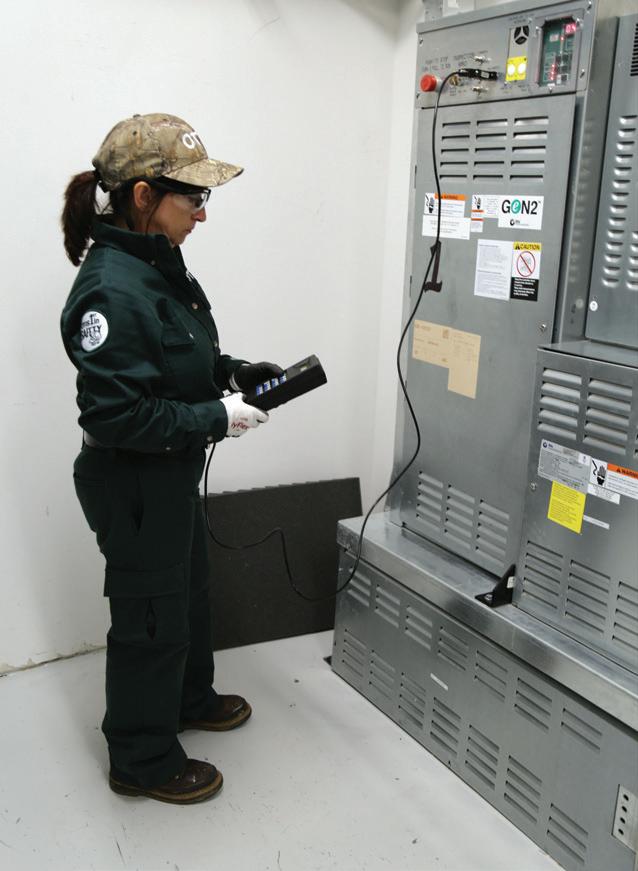
Electrical Fundamentals 330
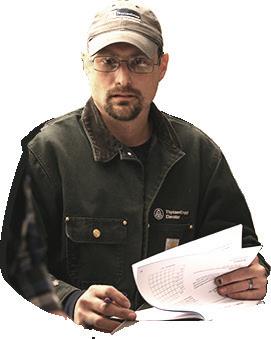
Basic Electricity
Discusses the composition of matter and how it affects electricity. Explores important concepts such as current, voltage, and resistance. Prepares apprentices to tackle problems in basic electricity and to develop an understanding of the interrelationships between current, voltage, and resistance.
www.neiep.org Course Catalog 19
ELECTRICAL FUNDAMENTALS 300
Electrical Fundamentals 335
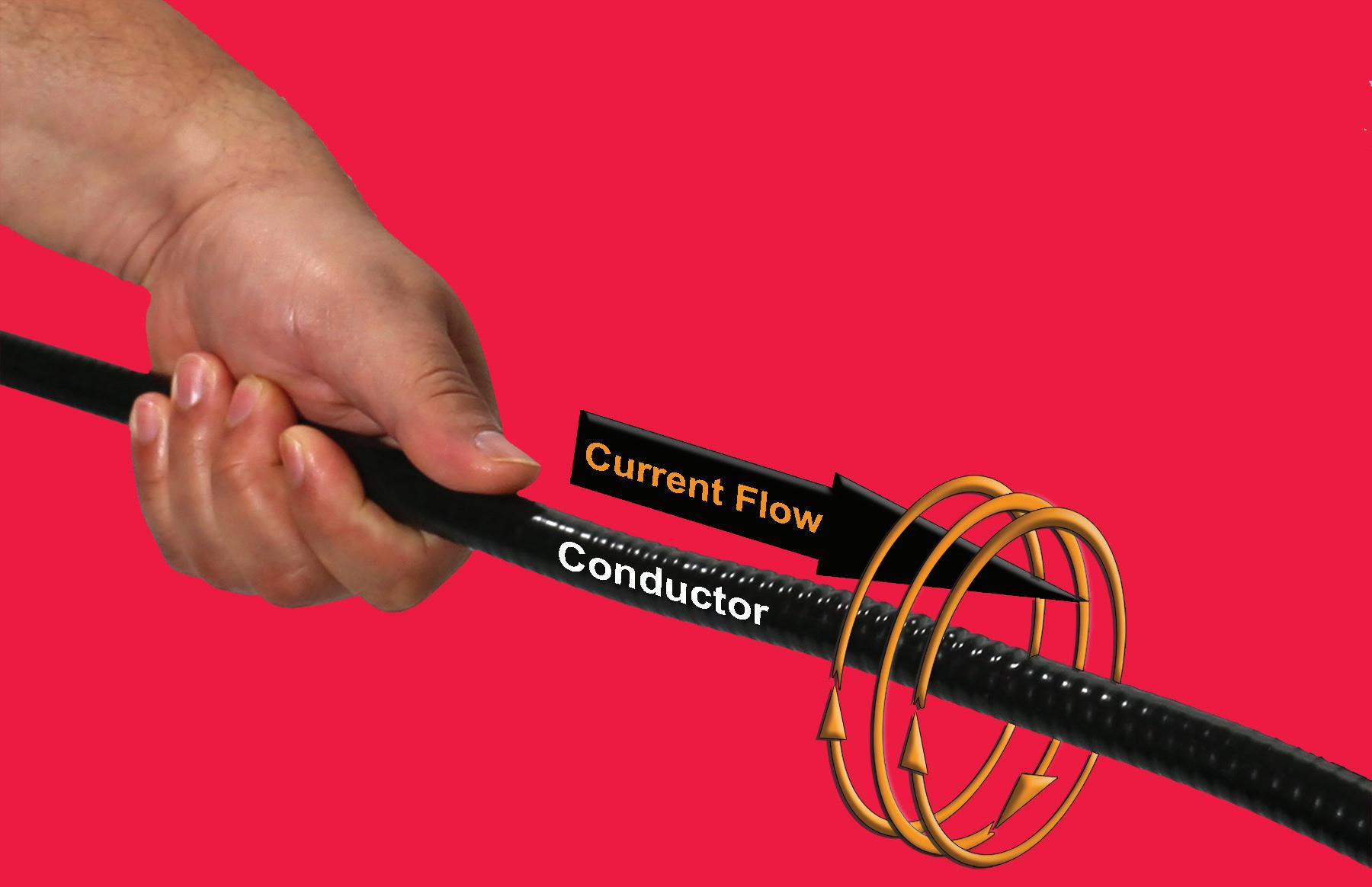
Understanding the Relationship Between Voltage, Current, and Resistance
Applies apprentices’ understanding of equations to the relationship between voltage, current, and resistance. Ensures accuracy in performing calculations using the Ohm’s Law formula. Concludes with descriptions of equipment that is used to automatically measure unknown values—ammeters, voltmeters, and ohmmeters.
Electrical Fundamentals 340
Basic Electrical Circuit Components
Describes the practical aspects of basic electricity. Familiarizes apprentices with common wiring diagram symbols so they understand the connection between the wiring diagram and the components that comprise control circuits in the elevator industry. Explores resistors in detail. Presents information on fuses and circuit breakers.
Electrical Fundamentals 345
Series Resistive Circuits
Introduces the voltage and current relationship that exists in a series electrical circuit using Kirchhoff’s Laws and the application of Ohm’s Law. Explores the different methods used to determine voltage, current, and resistance for series electrical circuits.
Electrical Fundamentals 350
Parallel and Series-Parallel Resistive Circuits
Examines the relationship between voltage and current that exists in parallel and series-parallel electrical circuits using Kirchhoff’s Laws and the application of Ohm’s Law. Provides several methods for determining voltage, current, and resistance for parallel and series-parallel circuits.
Electrical Fundamentals 355
Magnetism and Electromagnetism
Describes basic magnetic concepts, including the Domain Theory of Magnetism. Presents magnetic properties to give the apprentice an understanding of how different materials can be used. Expands on the basic magnetic principles and shows how useful magnets can be created through electricity. Concludes with examples of how these principles are applied in the industry.
Electrical Fundamentals 360

Alternating Current Theory
Expands on fundamental concepts of AC. Describes basic sine waves and their components. Demonstrates ways to determine the value of the sine wave peak and peak-to-peak amplitudes using either average or effective calculations. Describes how to apply Ohm’s Law to alternating current. Covers multiphase alternating current generation. Explains Wye and Delta configurations, as well as phase relationships. Details additional waveforms, including square, rectangular, triangular, and sawtooth waves.
Course Catalog 20 www.neiep.org Training Today for Tomorrow’s Needs
ELECTRICAL THEORY & APPLICATION 400
Overview
Course 400 puts theory to work by instructing apprentices in electrical applications. The course covers vital electrical components, real world measurements, and includes hands-on and virtual labs to reinforce apprentices’ classroom instruction.
Electrical Theory & Application 405
Introduction to Meters
Explores the basic functions of the VOM multimeter, including measuring voltage, current, and resistance. Identifies aspects of meter safety, care of the multimeter, and protecting equipment. Discusses the characteristics of the digital multimeter, as well as the clamp-on meter. Covers reactive circuit elements—capacitors and inductors—and then addresses practical applications of both current and resistance measurements. Includes a meters lab book supplement, with experiments to be performed on the mini Electra Lab.

Electrical Theory & Application 405 Lab
Meters Experiments
Challenges apprentices with hands-on lab work to test voltages with meters, measure AC and DC current, measure AC and DC current with a clampon ammeter, measure DC current using a precision shunt, and measure resistance.
Electrical Theory & Application 410
Transformers
Demonstrates how alternating current (AC) is distributed in elevator systems. Presents fundamental theory on the properties of mutual inductance. Describes the elementary transformer including the ratio of transformation, power ratings, and step-up and step-down transformers. Concludes with troubleshooting procedures for open primary and secondary windings and tips for determining partially shorted windings.
Electrical Theory & Application 410 Lab
Transformer Mini Electra Lab Workbook
Provides demonstrations of hard-to-visualize, basic electrical concepts through hands-on experimentation. The experiments allow apprentices to apply and practice actual operations, including the application of Ohm’s Law, calculating resistance, determining current, and operating relays.

Electrical Theory & Application 415
DC Generator and Motor Theory
Explores magnetism and the basic laws that affect magnetic materials. Employs the elementary generator to demonstrate how magnetic fields interact with a moving wire loop and monitors the output to show how we develop AC voltage from 360 degrees of rotation. Describes commutation to convey how an AC generator can be changed to produce DC at the output. Describes how to purify and increase the DC levels from the generator. Concludes with a clear description on counter electromotive force (CEMF) and its effects on armature current.
www.neiep.org Course Catalog 21
ELECTRICAL THEORY & APPLICATION 400
Electrical Theory & Application 420
Components of DC Motors and Generators
Challenges apprentices to apply their knowledge of DC motors beyond theory. Begins with the main frame which acts as a support and magnetic path for the DC machine. Covers armature core construction, including the type of laminations and windings. Describes the commutator, ventilation, and the types of bearings used. Concludes with general guidelines on how to properly disassemble and assemble a DC machine.
Electrical Theory & Application 425
Types of DC Motors and Generators
Introduces the two general types of generator configurations: separatelyexcited and self-excited fields. Presents information on the different types of DC motors. Details the methods of DC hoist motor control including rheostatic starting. Introduces the basic loop circuit between the hoist motor armature and the generator armature. Describes how generator fields can be precisely controlled to directly affect the speed and direction of the hoist motor. Details the various small DC machines used throughout the industry such as door motors, regulators, exciters, and tachometers.
Electrical Theory & Application 425 Lab
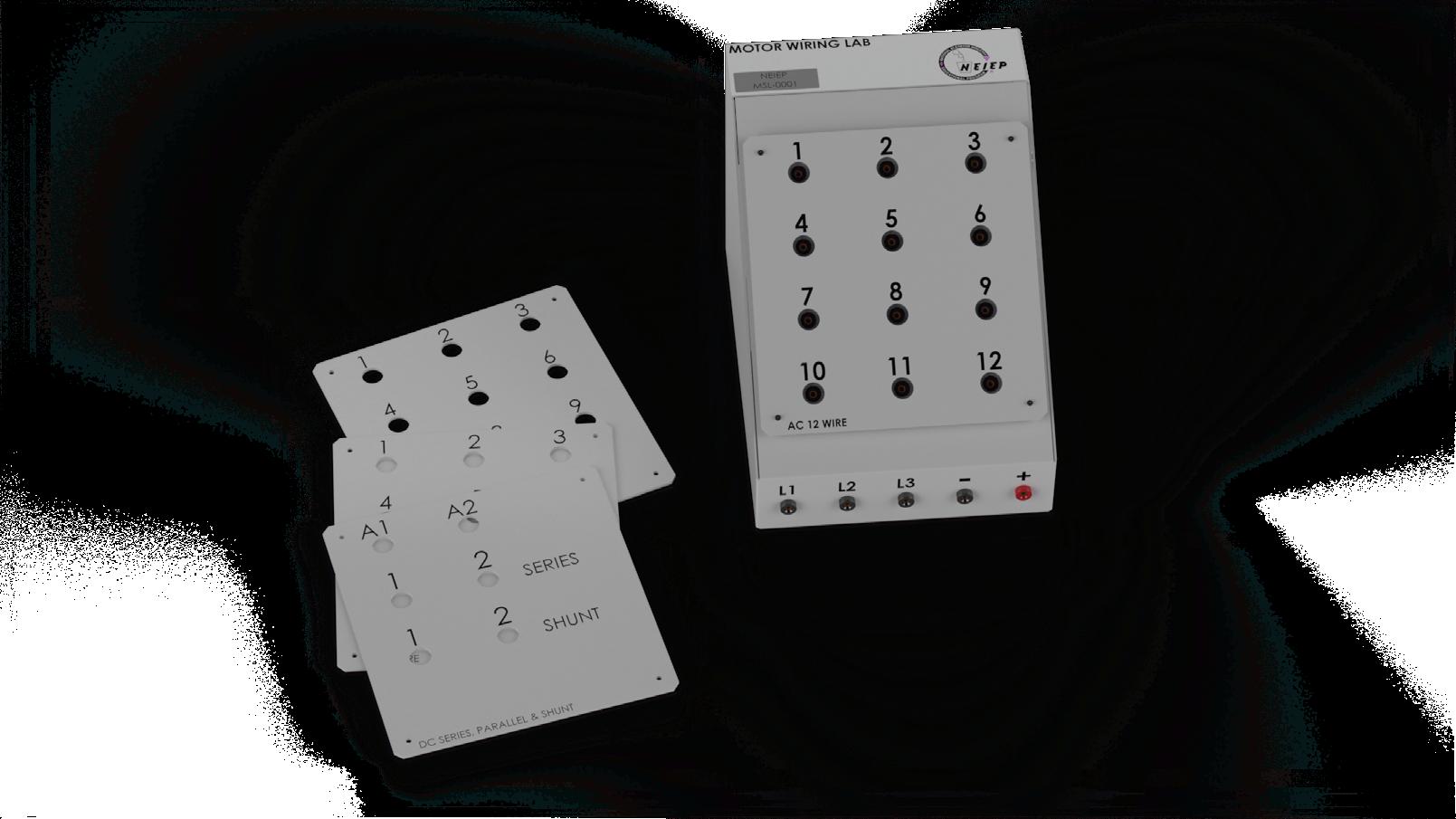
DC Motors and Generators Apprentice’s Lab Manual
Provides apprentices, through hands-on lab work, with a deeper understanding of the principles and components related to DC motors and generators, including Lenz’s Law, shunt motor direction control, Ward Leonard Generator Field Control, and suicide circuits.

Electrical Theory & Application 430
Maintenance and Service
Provides practical topics related to generators and motors. Begins with general information about cleaning and inspecting DC machines. Presents material on commutators and brushes, and how to troubleshoot commutator problems. Describes how to replace and adjust the brushes to get the optimum performance from the machine. Describes how to troubleshoot grounds, open circuits, and shorts using meters and meggers. Includes procedures for recovering if the exciter loses residual magnetism.
Electrical Theory & Application 435
AC Motors
Introduces apprentices to the fundamentals of AC motor theory. Describes how rotation occurs in the common three-phase wire-wound and squirrel cage induction motors. Covers single-phase AC motors and some of the different methods used to develop a rotating field.
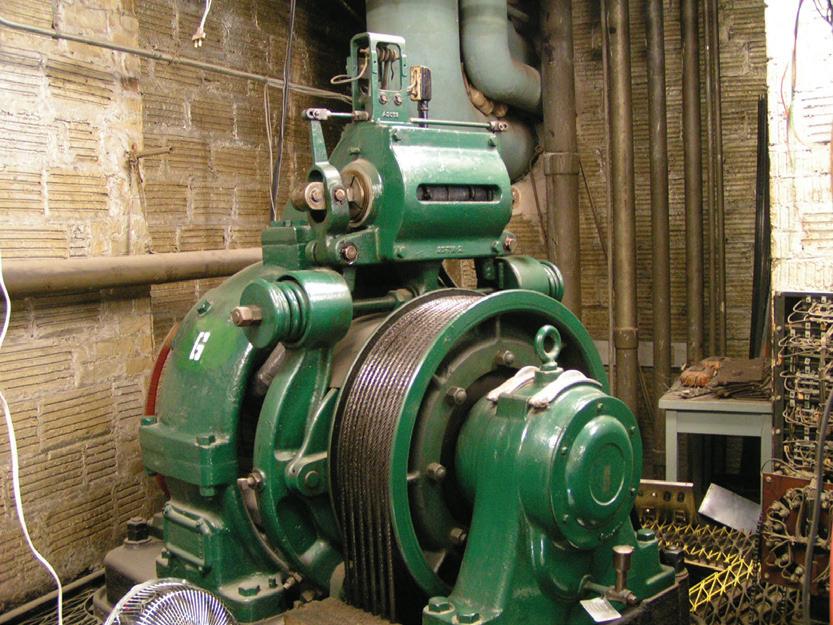
Course Catalog 22 www.neiep.org Training Today for Tomorrow’s Needs
INSTALLATION
Overview
500
Course 500 takes the apprentice from a simple platform and bare hoistway to the piping, planning, and wiring of the elevator system. It also provides the information needed to install any type of door system. It finishes with an overview of preventative and scheduled maintenance.
Installation 505
Planning, Piping and Wiring
Describes the fundamentals of construction wiring. Presents various wiring tools, materials, and methods. Explains the necessary electrical code sections. Details suggested methods for organizing and recording essential data. Includes a non-technical discussion of wire sizes.

Installation 510
Piping and Wiring the Machine Room and Hoistway
Explains the installation of the electrical raceways that contain the elevator wiring system. References the National Electrical Code (NEC) sections relevant to wiring throughout the unit. Stresses proper use of tools and safety equipment. Instructs apprentices on the proper technique for bending conduit to produce a tidy, well-ordered installation. Details methods for grounding and bonding. Describes best practices for dealing with wet and hazardous locations.
Installation 515
Piping and Wiring the Car
Explores how and why the elevator industry uses traveling cables. Details the fabrication, installation, and construction of various types and sizes of traveling cables. Stresses the proper handling and preparation of the cable for installation. Describes methods used to hang and protect traveling cables from undue wear and abrasion on all installations, from low to high rise applications. Concludes with methods of installing piping and wiring associated with the elevator car.
Installation 520
Start-Up Procedures
Describes procedures to ensure maximum safety for the mechanic as well as the elevator equipment during the critical start-up phase, when power is applied to the system after wiring.
Passenger Elevator Door and Entrance Installation
Installation 525 Introduces elevator hoistway entrances and doors including car doors. Describes the principles of operation of the various types of doors in use today, such as passenger elevators and service elevators that carry passengers. Details the tools, equipment, materials, and hardware necessary for the installation of passenger elevator entrances and doors. Presents some of the codes applicable to elevator entrance and door work.
Installation 530
Elevator Cab Assembly and Door Operators
Describes the installation steps for passenger elevator cabs, doors, and operators and details the basic components that make up the car door operator and door assembly. Defines the types of operators—direct current open and closed loop, in line resistance control of AC operators, open and closed loop operators, and linear induction motor operators. Concludes with general descriptions of the types of door operating mechanisms, gate switches, and door protective devices found on passenger elevator cars.

www.neiep.org Course Catalog 23
INSTALLATION 500
Installation 535
Freight Elevator Doors and Gates
Presents information on the various types of hoistway doors used today, including freight loading and requirements for handling material on and off the platform. Covers the installation procedures from initial hoistway survey to the final checks necessary for putting the doors into operation. Describes how each motor is activated and how braking is applied. Details the gate assembly, including the gate, types of operators, related components, and the retiring cam.
Installation 540
Freight Door Operators
Describes the operation and repair of freight elevator doors, interlocks, and the retiring cam. Emphasizes safety and ASME code requirements. Details car gates, bi-parting freight doors, individually motorized doors, master control, interlocks, retiring cams, repairs, and annual tests.
Installation 545
Dumbwaiters
Examines differences between the two major types of dumbwaiters: powered dumbwaiters and dumbwaiters with automatic transfer devices. Includes significant ASME code requirements where applicable. Describes the installation procedures required for power-operated dumbwaiters. Details the door operator circuits. Demonstrates one type of gate and hoistway door opening and closing using master operation.
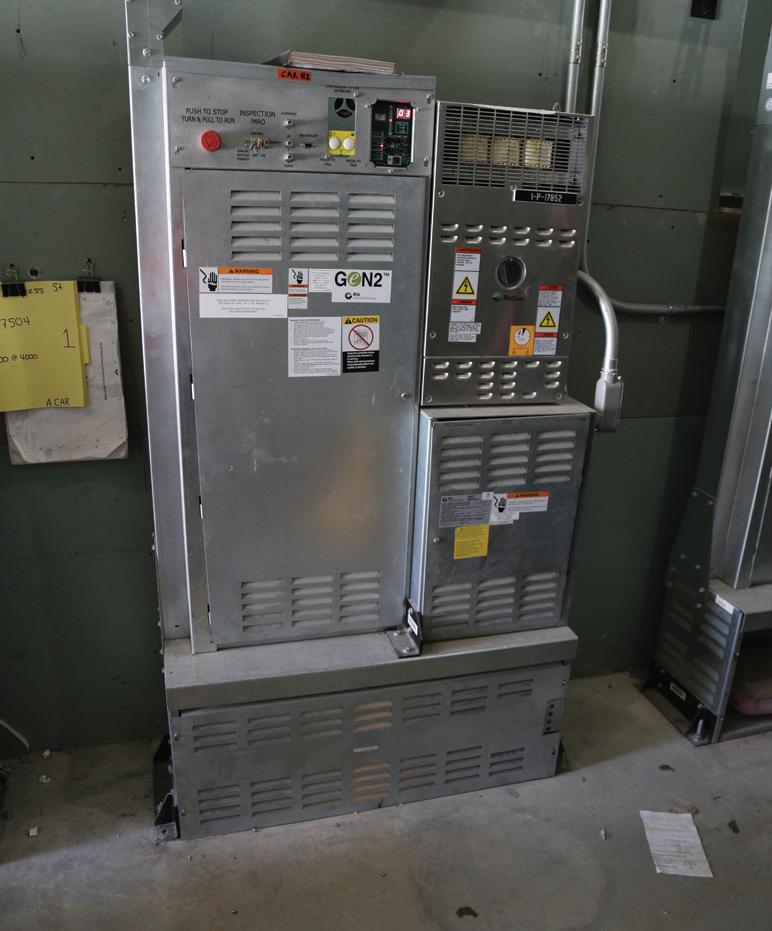
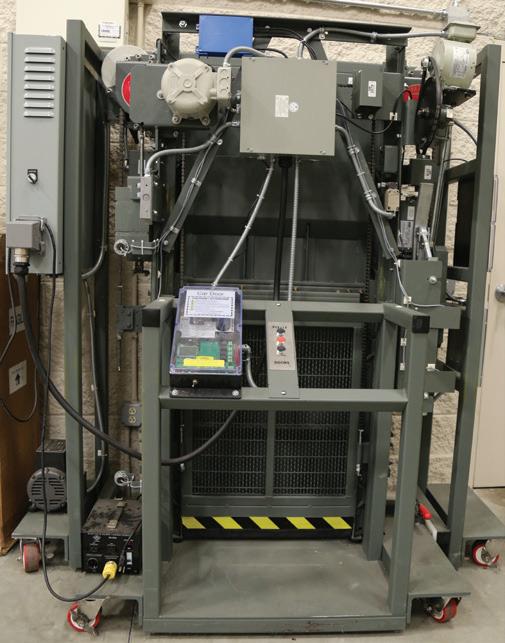
Installation 550
Machine Room Maintenance
Highlights the more common areas of maintenance in traction elevator machine rooms and their accepted procedures, including customer relations skills, record keeping, and inventory management. Makes clear for apprentices to follow company procedures or policies where they exist.
Installation 555
Hoistway Maintenance
Focuses on items common to most installations and their nearly universal periodic maintenance operations. Concludes with required testing procedures. Details code-required items for testing, along with traditionally accepted methods of performing these tests.

Installation 560
Asbestos Awareness
Provides a brief history of asbestos use in the United States, as well as information on different U.S. regulations. Presents current OSHA and EPA regulations in detail, as well as workers’ rights concerning access to the results of the various tests that are required when ACM is being used or abated.
Course Catalog 24 www.neiep.org Training Today for Tomorrow’s Needs
SOLID STATE 600
Overview
Course 600 pulls the apprentice back into the electrical world of solid-state electronics. Details solid-state components and uses hands-on labs to build apprentices’ electrical repertoire.
Solid State 605
Mathematics
for Ohm’s Law
Reviews the necessary math skills needed to understand electrical concepts and includes comprehensive review of technical material covered in Basic Electricity, including Ohm’s Law.
Solid State 610
Basic Components and Series and Parallel Resistance
Discusses controller components, then looks at safety with electrical tools. Examines circuit overloads, short circuits, and fuses. Covers series, parallel, and seriesparallel circuits in detail.

Solid State 615
Magnetism, Electromagnetism, AC Theory and Transformers
Continues the review of the tools necessary to analyze AC waveforms, including phase relationships and frequency assessment. Defines Magnetism and Electromagnetism with respect to application. Examines transformers and their related formulas. Assesses apprentices’ theoretical knowledge as they troubleshoot transformer failures.
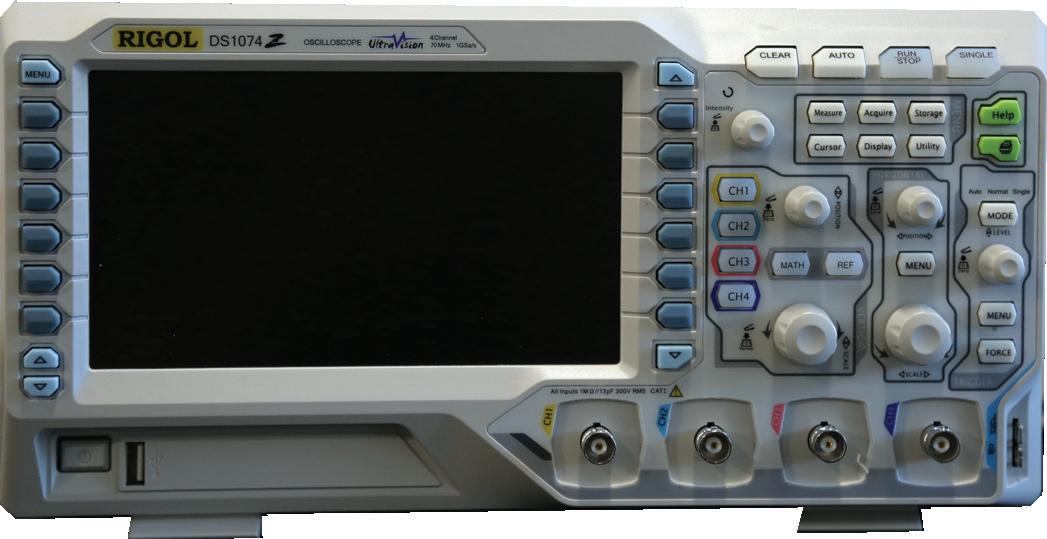

Solid State 620
Capacitors and Capacitance
Explores the basic theory of capacitors, as well as the different types used in the industry. Examines capacitor operation, showing how they charge and discharge. Describes how capacitors react in AC circuits, presented using simple math examples. Provides guidance on how to troubleshoot problems caused by shorts, leaks, or opens.
Solid State 625
Inductors and Inductance
Presents the basic theory of inductors and inductance. Describes the fundamentals such as factors affecting inductance, CEMF, units of measurement, and how they are rated. Reveals how inductors are used in DC and AC circuits. Supports theory with elevator-related examples such as brake circuits, field windings, AC solenoids, and line noise suppressors. Describes the process for testing inductors. Presents methods for isolating open, externally shorted, and internally shorted windings.
www.neiep.org Course Catalog 25
SOLID STATE 600
Solid State 630
Diodes
Explores diodes and their related components. Describes how diodes work and provides practical examples of how they are used in AC and DC elevator circuits. Details Zener diodes, varistors, light-emitting diodes (LEDs) and photodiodes. Describes how each of these items performs specialized functions in elevator circuits. Applies theory with simple, common examples.
Solid State 640
Analog Integrated Circuits
Details how the power supply converts AC to DC, then filters and regulates the output voltage. Describes techniques for troubleshooting analog ICs. Concludes with fundamentals of how operational amplifiers work and are used in the industry.
Solid State 635
Transistors and Thyristors

Examines two important analog components, transistors and thyristors, starting with basic theory on the transistor with an emphasis on biasing. Describes typical uses of transistors as well as how to properly test for failures. Covers basic circuit operation as related to thyristors. Details the most common use of SCRs in direct drive controllers. Presents techniques for troubleshooting thyristor problems.
Solid State 645
Digital Integrated Circuits

Describes the use of digital ICs. Reviews the differences among the decimal, binary, and hexadecimal numbering systems. Defines the seven basic digital gates used in all digital ICs. Includes truth tables to reveal how the circuit operates for any given input. Concludes with a description of digital integrated circuits and how to handle and maintain the boards on the job.

Course Catalog 26 www.neiep.org Training Today for Tomorrow’s Needs
POWER AND LOGIC 700
Overview
Course 700 introduces apprentices to the fundamental circuits found in elevator control systems. Apprentices learn basic control logic through complex logic and troubleshooting.
Power & Logic 705
Introduction to Circuit Tracing

Explores the history of elevator development, wiring diagrams and the symbols used to represent elevator and electrical components. Concludes with some general but important troubleshooting philosophy and techniques.
Power & Logic 715
Power and Power Control

Examines primary distribution systems which feed controllers. Describes main line disconnects and fuses and includes troubleshooting hints to isolate problems. Details the different types of motor control systems found throughout the industry, including AC drives, hydraulic control, Ward Leonard configuration, static drives and the variable voltage, variable frequency (VVVF) drives. Addresses motor protection against overloads and phase reversal as well as the different brakes used on the hoist motors.
Power & Logic 720
Logic Controls
Describes selector circuits, which control the operation of the logic functions. Discusses dump switches, jump/notch selectors, synchronous selectors, and solid-state selectors. Defines logic functions: call registration, direction selection, starting, stopping, call cancellation, and door operator control. Examines common safety circuits found in the industry: primary safety circuits, door safety circuits, and safety features for special conditions.
Power & Logic 710
Relays & Timers
Describes two very important elements used in elevator controllers: relays and timers. Details how relays are constructed and includes valuable tips on troubleshooting relay problems. Defines the different types of timers used in elevator controls, including the early dashpot and thermal timers and the more common capacitor timing circuits. Concludes with troubleshooting hints for timers.
Power & Logic 725
Constant Pressure Push Button Systems and Single Automatic Push Button Systems
Presents two fundamental types of elevator control systems: Constant Pressure Push Button (CPPB) and Single Automatic Push Button (SAPB) control. Applies power control and logic functions to CPPB and SAPB control. Introduces apprentices to reading larger prints before moving on to more complex systems.
www.neiep.org Course Catalog 27
POWER & LOGIC 700
Power & Logic 730
Collective Systems
Describes the use of hydraulic collective system prints. Details Wye-Delta starting and the low oil timer associated with the collective print. Introduces firefighters’ service. Analyzes the functions of Phase I and Phase II operation. Includes for reference the complete unit on firefighters’ service from the ASME code.
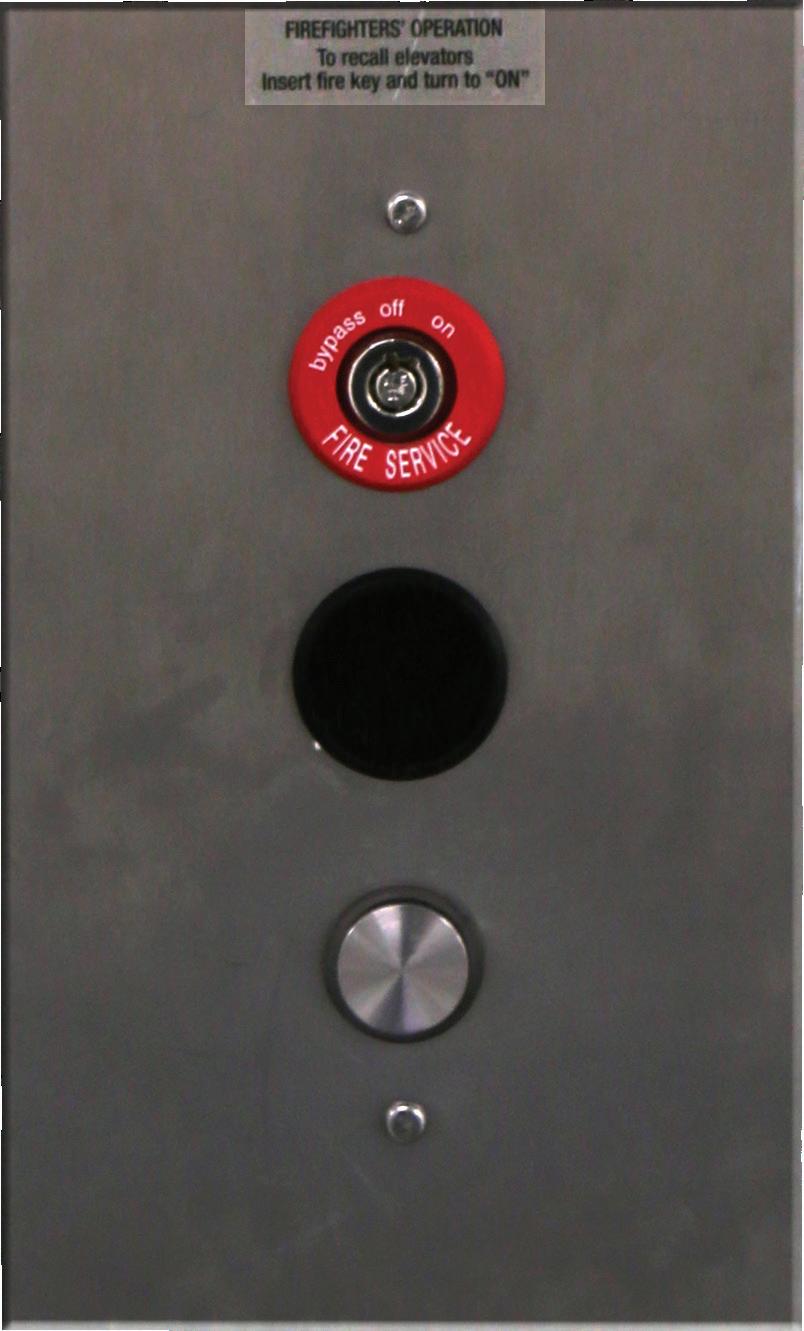
Power & Logic 740
Variable Voltage Selective-Collective Control Systems
Introduces Selective-Collective Controls for simplex and duplex installations. Challenges apprentices to trace the circuit through various circuits and relay contacts. Refines diagram reading skills and familiarizes apprentices with the selective-collective control used in either simplex or duplex operations. Includes information on high-speed and group controls.
Power & Logic 735
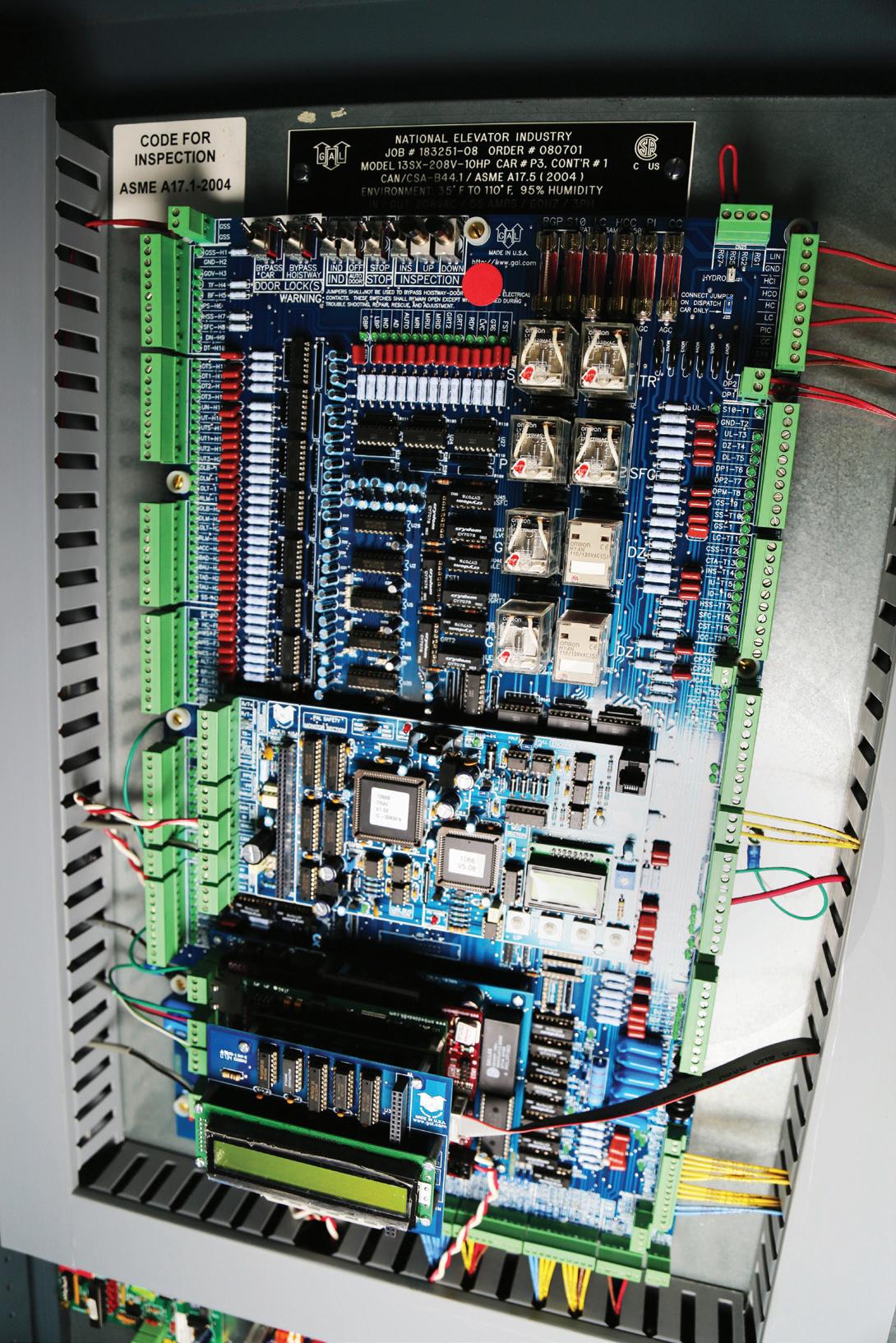
Hydraulic Controller Theory & Troubleshooting
Sharpens troubleshooting skills and reinforces knowledge of hydraulic controller theory with a hands-on lab. Uses up to eighty possible fault scenarios to represent trouble calls to demonstrate logical procedures for finding faults.

Course Catalog 28 www.neiep.org Training Today for Tomorrow’s Needs
ADVANCED TOPICS IN ELEVATORS 800
Overview
Course 800 details hydraulic elevators and the non-traditional sectors of the industry. Escalators, residential lifts, and rack and pinion are the other main topics of this course.
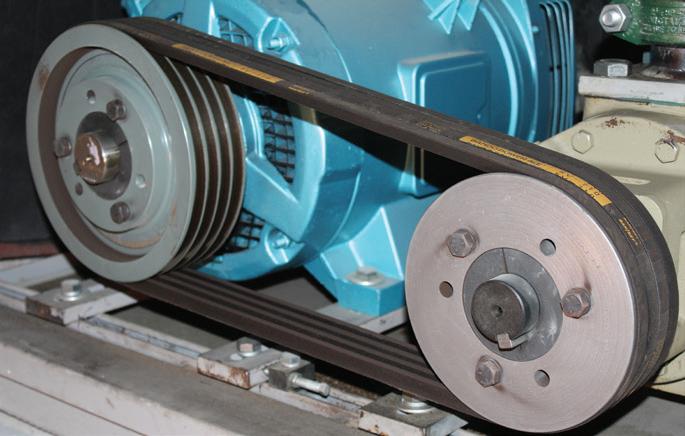
Advanced Topics in Elevators 805
Installing and Servicing the Jack
Relates a brief history of the first hydraulic elevators. Compares hydraulic elevators with traction elevators. Discusses safety guidelines for drilling elevator jack holes and installing hydraulic elevators. Describes the typical steps for hydraulic elevator installation, as well as the proper ways to unload, handle, and store materials on the jobsite. Details the installation of the cylinder (handling, rigging, plumbing, corrosion protection, and backfilling).
Defines the basic parts of the jack and describes the installation of the plunger.

Advanced Topics in Elevators 810
Piping and Temporary Operation
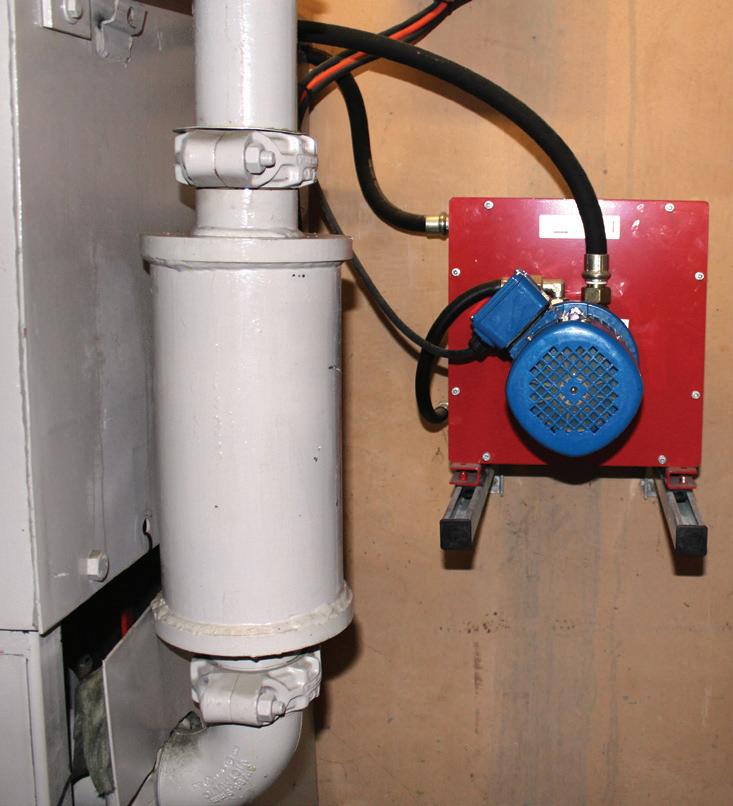
Explains location and placement of the hydraulic power unit and completion of the oil line. Describes assembly of the car sling and the steps necessary to achieve a safe, temporary running platform for convenience in completing work in the hoistway. Outlines techniques and guidelines for cutting and threading pipe. Discusses grooved joint piping. Explains the various types of pumps. Defines specifications of oils used with hydraulic elevators.
Advanced Topics in Elevators 815
Basic Hydraulic Theory
Describes how mechanical advantage is gained in fluids using Pascal’s Law. Presents calculations of area and volume necessary to apply Pascal’s Law and reviews the mathematics involved. Describes the design, function, operation, and adjustment of the various types of hydraulic valves, together with methods of performing the required tests.
Advanced Topics in Elevators 820
Hydraulic Elevator Maintenance
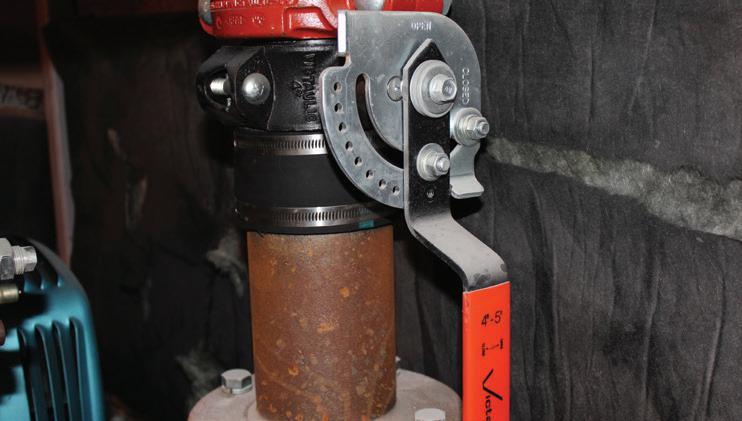
Outlines common maintenance items and problem areas associated with hydraulic equipment, including motor starting and protection systems, noise reduction, belt maintenance, and valve and solenoid care. Examines the area of the pit and discusses safety issues of the jack, pit shutoff valve and hydraulic piping.
Advanced Topics in Elevators 825
Escalator Components and Installation Procedures
Explores moving walk and escalator installation. Details the necessary equipment to conduct the lifts and the proper handling gear for safe execution of the work. Describes the major components found on a typical escalator, including the truss, motors, track systems, step arrangements, and balustrades. Provides an example of the electrical control circuit. Includes a step-by-step procedure for installing and assembling a two-segment escalator.
www.neiep.org Course Catalog 29
ADVANCED TOPICS 800
Advanced Topics in Elevators 830
Moving Walk Components and Installation Procedures
Introduces moving walk components and installation. Details the major components found on a typical moving walk, including the truss, motors, track systems, treadway arrangements, and balustrades. Explores an example of the electrical control circuit. Includes a step-by-step procedure for installing the upper and lower truss and assembling the intermediate section. The installation coincides with the NEIEP Moving Walk Final Layout included in the Print Package for Escalators and Moving Walks.
Advanced Topics in Elevators 835
Service,
Maintenance, and Repair

Addresses contract service—detailing the types of service and maintenance normally performed on an escalator under contract—as well as troubleshooting—exploring the type of work performed on a call back.
Advanced Topics in Elevators 840
Residential and LULA Elevators
Outlines procedures for professional and safe installation of home elevators. Compares limited use/limited application (LULA) elevators with residential elevators. Describes all the elevator components in depth, before moving into installation and safety.
Advanced Topics in Elevators 845
Residential and LULA Platform and Chair Lifts
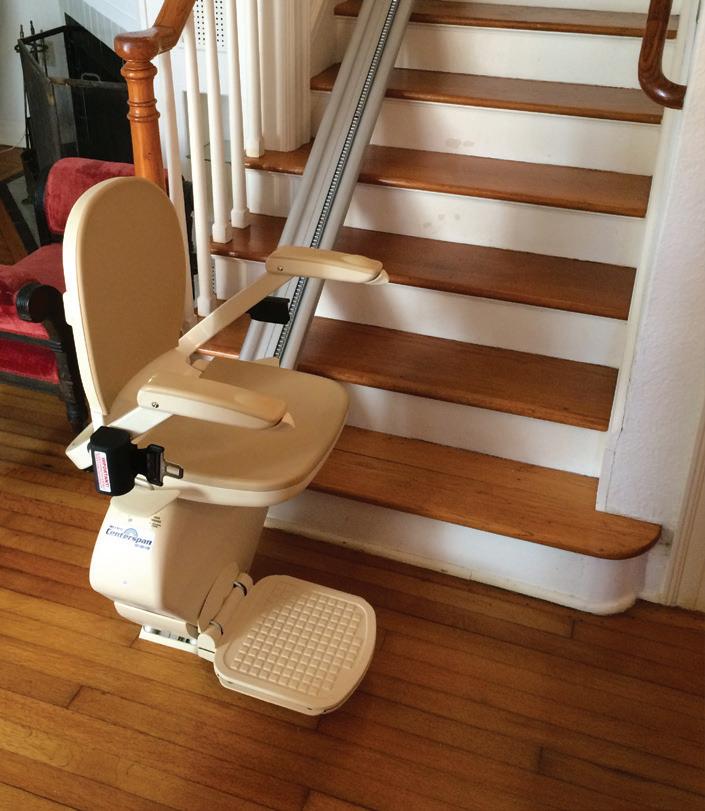
Details the specifics for platform and chair lifts, focusing on safety and code requirements. Describes major stairway chair lift components, providing details for each piece of equipment, including how to assemble the track, the recommended electrical installation sequence, seat installation and adjustment, and maintenance. Details different system components, covering drive units, rack and pinion, aircraft cable design, and safeties. Summarizes different equipment options, such as fire alarm integration and required testing.
Advanced Topics in Elevators 850
Rack and Pinion Hoists
Explores the installation and maintenance of rack and pinion hoists. Details code requirements governing installations. Describes all the components of a rack and pinion elevator. Discusses temporary and permanent installation, repairs, and safety when working with these systems.

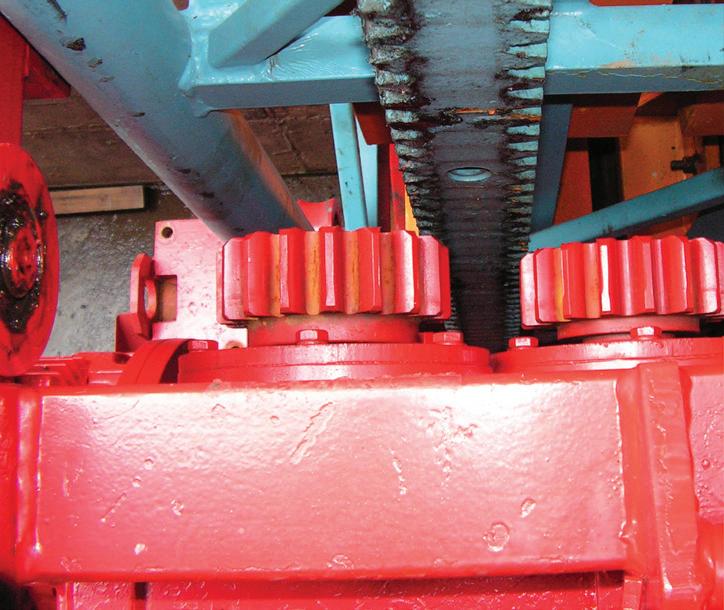
Course Catalog 30 www.neiep.org Training Today for Tomorrow’s Needs
ON-THE-JOB LEARNING (OJL)
Description: During their participation in On-the-Job Learning Hours, apprentices work under the close supervision of a licensed Elevator Constructor Mechanic to apply concepts learned in the related training classroom to actual field work.
• 1st Year OJL Hours: 2,000
• 2nd Year OJL Hours: 2,000
• 3rd Year OJL Hours: 2,000
• 4th Year OJL Hours: 2,000
• Total OJL Hours: 8,000
NEIEP follows the national guidelines for Apprenticeship Standards. As a registered apprenticeship program, it is aligned with the necessary required standards. Apprentices must maintain successful enrollment and participation in their NEIEP semester courses concurrently with their On-theJob Learning Hours. Apprentices must abide by the Disciplinary Code for Apprentice Training with regard to their active participation in classroom and OJL hours at all times.
NEIEP COLLEGE TRANSFER PROGRAMS
NEIEP graduates choose to continue their education beyond the apprenticeship program for a variety of reasons. Maybe you‘ve always wanted a college degree but thought you’d never have the time or the opportunity. Maybe you started college years ago and never finished. Maybe you’re a NEIEP Instructor who wants to sharpen your skills as an educator. Maybe you’d like to advance in your career and are looking for something to give you an edge over your competition.
NEIEP has joined in partnership with several colleges and universities to provide college credit for the work you completed as a student in the NEIEP Apprenticeship Training program. By taking advantage of these, you can receive college credit for your classroom-based course work as well as your On-The-Job Learning Hours.
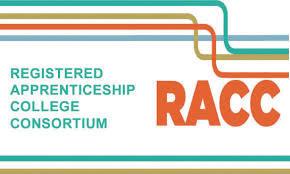

MECHANIC EXAMINATION
Upon completion of all required courses, specified practical assessments, and at least 8,000 hours of OJL, apprentices are eligible to sit for the capstone Mechanic Examination. Completion of apprenticeship and ascendance to the status of Elevator Constructor Mechanic is contingent upon successfully challenging the Mechanic Examination.
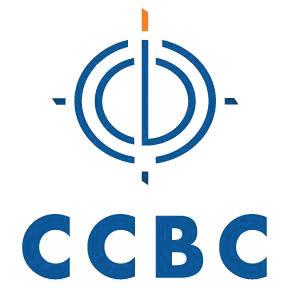
So which of our college options is right for you? We recommend you take some time to review all of the options on the following pages and determine which is the best fit for your unique situation.






www.neiep.org Course Catalog 31
OJLMECHANIC EXAMNEIEP COLLEGE TRANSFER
COLLEGE OPTION
This chart provides an overview of college transfer programs available for NEIEP graduates. All tuition costs listed should be considered approximate for the current school year, may change without notice, and do not include additional student fees.
College Degree Program(s) Offered
in Project Management (online); OR Associates in Engineering Technology (in person at New England campuses only)
in Multidisciplinary Studies (BMS)
US Department of Labor Registered Apprenticeship College Consortium Associates and Bachelors Degrees (classroombased and online)
also accepts additional transfer credits from other colleges
Up to 38; varies by college. Contact colleges directly for more information.
More info, including videos, is available on the NEIEP website under the ‘About’ tab on the main page (see ‘College Options’).

Course Catalog 32 www.neiep.org Training Today for Tomorrow’s Needs
Ivy Tech Community
Associates in
Science (Online) 45 (no additional transfer credit) Goddard College Bachelors in
(Low-residency) 52 (also
transfer/military/prior
Thomas Edison
University (Degree
Associates
Bachelors
in a
of programs 38 (will also accept additional transfer credits) Thomas Edison State University (Portable Transcript
Transcript only. TESU will “bundle” NEIEP credits to transfer. 38
24
Rowan
Bachelors
42
Bachelors
BS
Bachelors
College
Applied
Individualized Studies
accepts
learning credit)
State
Option)
and
(Online)
variety
Option)
Community College of Baltimore County Associates in Construction Craft Professional
(also accepts transfer/military credits)
University
in Construction Management (Online)
(will also accept additional transfer credits) Wentworth Institute of Technology
38 toward
in Project Management; 20 toward AAS in Engineering Technology University of Nebraska at Omaha
36;
NEIEP Transfer Credit Assessment
COMPARISON CHART
Please verify all transfer credit requirements and tuition and fee information with your college’s Admissions Office before enrolling in a degree program. Don’t forget to check with your company to see if they offer tuition reimbursement as part of your benefits package – a number of companies do.
Credits Needed to Complete Degree Tuition Cost Per Credit (as of 7/2021)
AAS: 15, all online. Visit: https://bit.ly/ivytechneiep
BA: 45–68, depending on incoming transfer credits. Must attend 1-week residency @ VT campus at the start of each semester. Visit: https://bit.ly/goddardneiep
AA/AS: 15-22; BA/BS: 45-82, depending on incoming transfer credits. Visit: https://bit.ly/thomasedneiep
This depends on your unique situation. Visit https://bit.ly/thomasedptoneiep
AA/AS: 15-36, depending on incoming transfer credits. Visit: https://bit.ly/ccbaltineiep and search for “Construction Craft Professional”
BA: 36-78, depending on incoming transfer credits. Visit: https://bit.ly/rowanneiep
BS: 90 or fewer; AS: 40 or fewer, depending on incoming transfer credits. Visit: https://bit.ly/wentworthneiep

BMS: 84 or fewer, based on incoming transfer credits from other colleges. Visit: https://bit.ly/uomahaneiep
Between $150 - $300. See https://bit.ly/ivytuitionneiep
Between $580 – $727. See https://bit.ly/goddardtuitionneiep
Between $399 – $544. See https://bit.ly/thomasedtuitionneiep
N/A. Credit banking fee of $400 applies.
Between $122-$372. See https://bit.ly/ccbaltituitionneiep
Between $367-744. NABTU scholarships available. See https://bit.ly/rowantuitionneiep
Between $785-$1,160. Tuition discount for IUEC members may be available. See https://bit.ly/wentworthtuitionneiep
Between $235-$1,082. See https://bit.ly/uomahatuitionneiep
Varies by college. Contact colleges directly for more information. Varies by college. Contact colleges directly for more information. See https://bit.ly/uslabortuitionneiep
To speak with someone at NEIEP about your college options, please call or email Maggie Cleveland, Institutional Program Design & Assessment Manager, at 508-699-2200 x 6121 or mcleveland@neiep.org.
www.neiep.org Course Catalog 33
CONTACT NEIEP

Headquarters: 11 Larsen Way
Attleboro Falls, MA 02763
Website: neiep.org
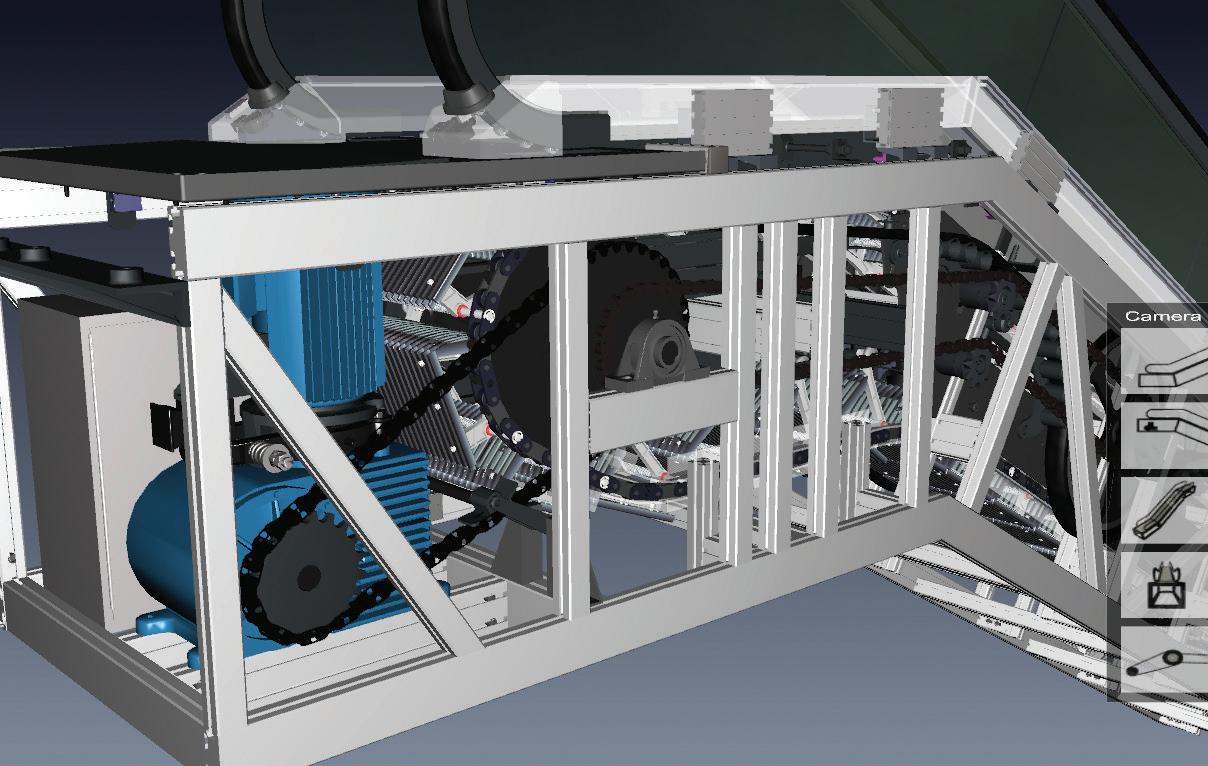
Admin: support@neiep.org
T: (800) 228-8220
F: (508) 699-2495
m.neiep.org
Copyright© 2021 National Elevator Industry Educational Program
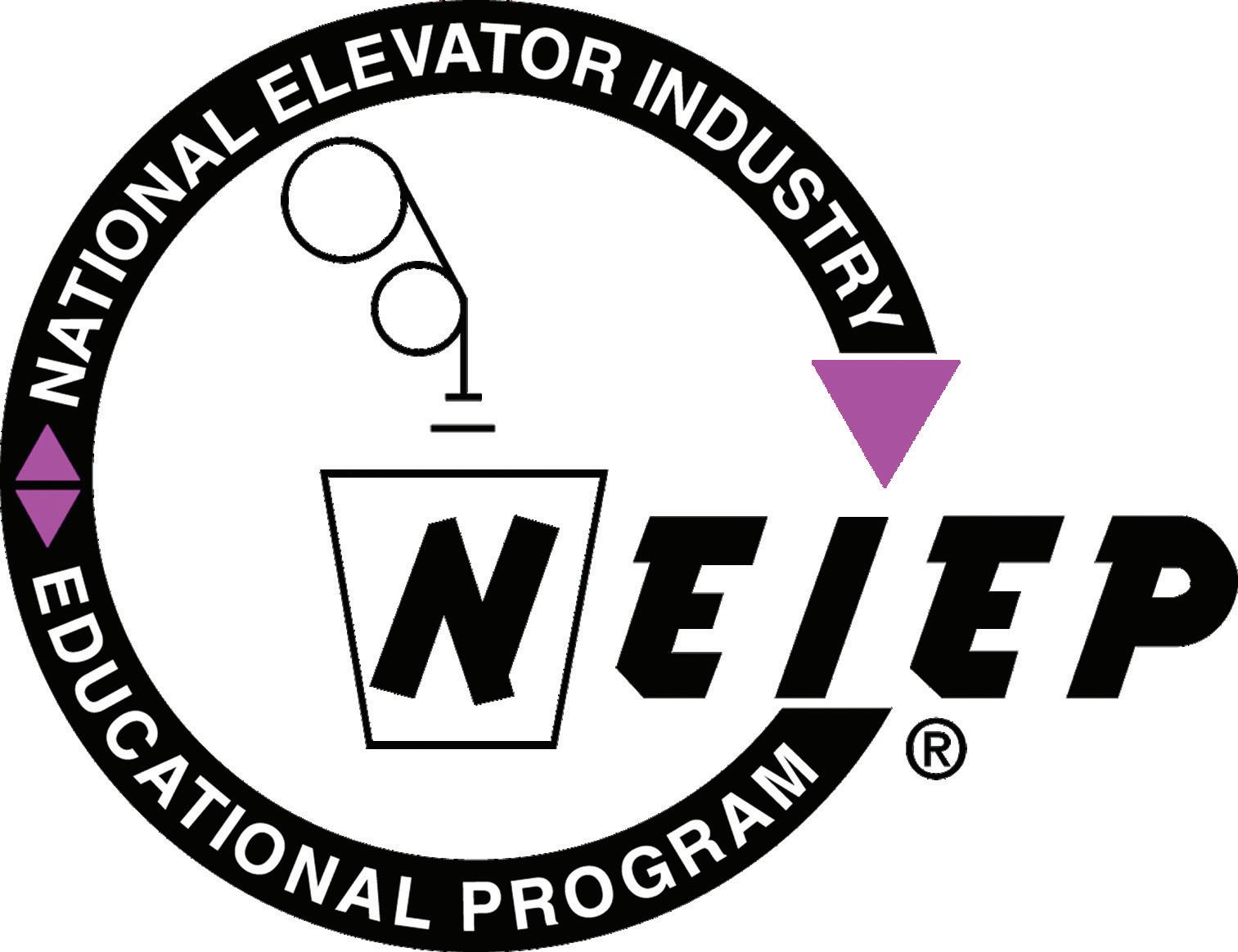

www.neiep.org Course Catalog 35
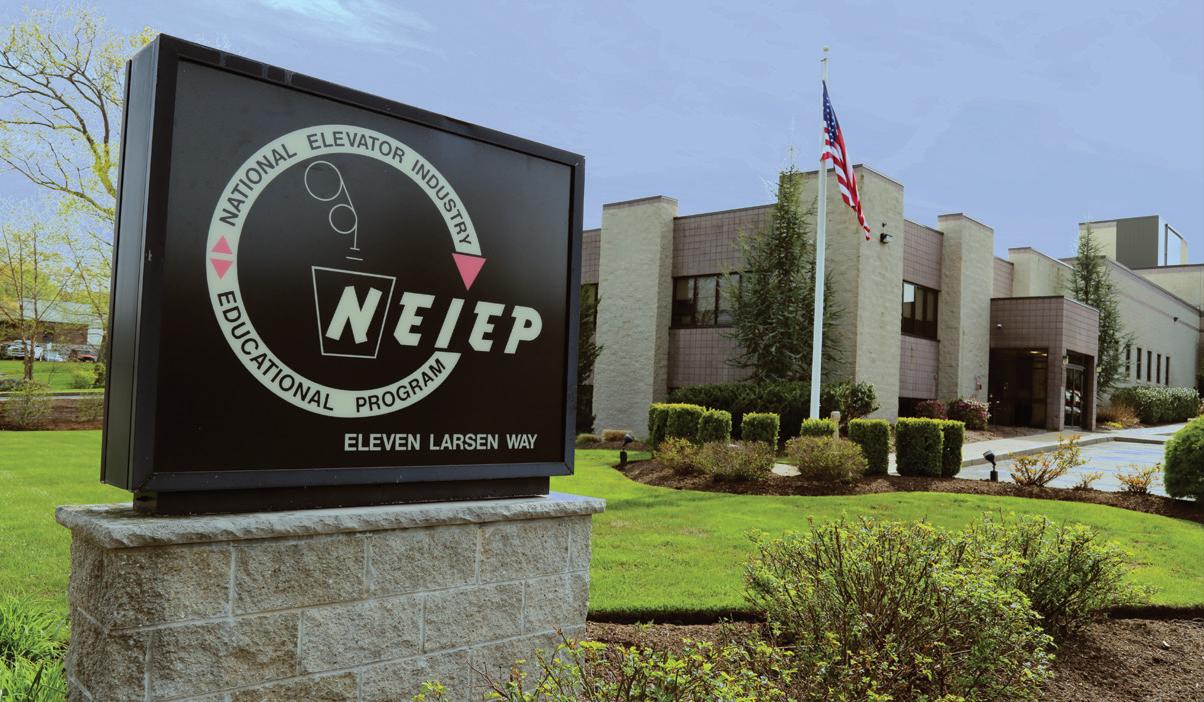
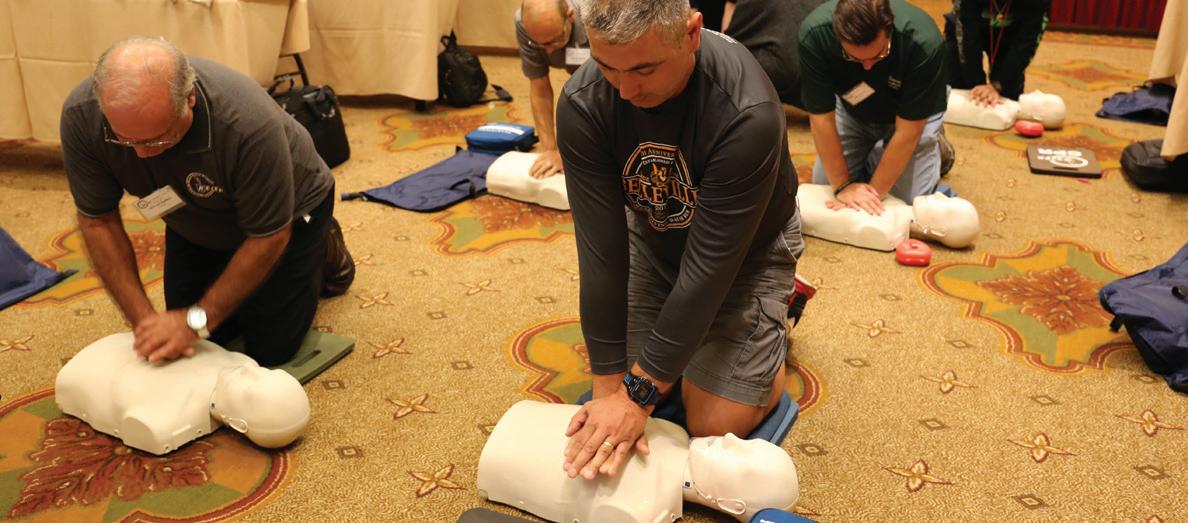
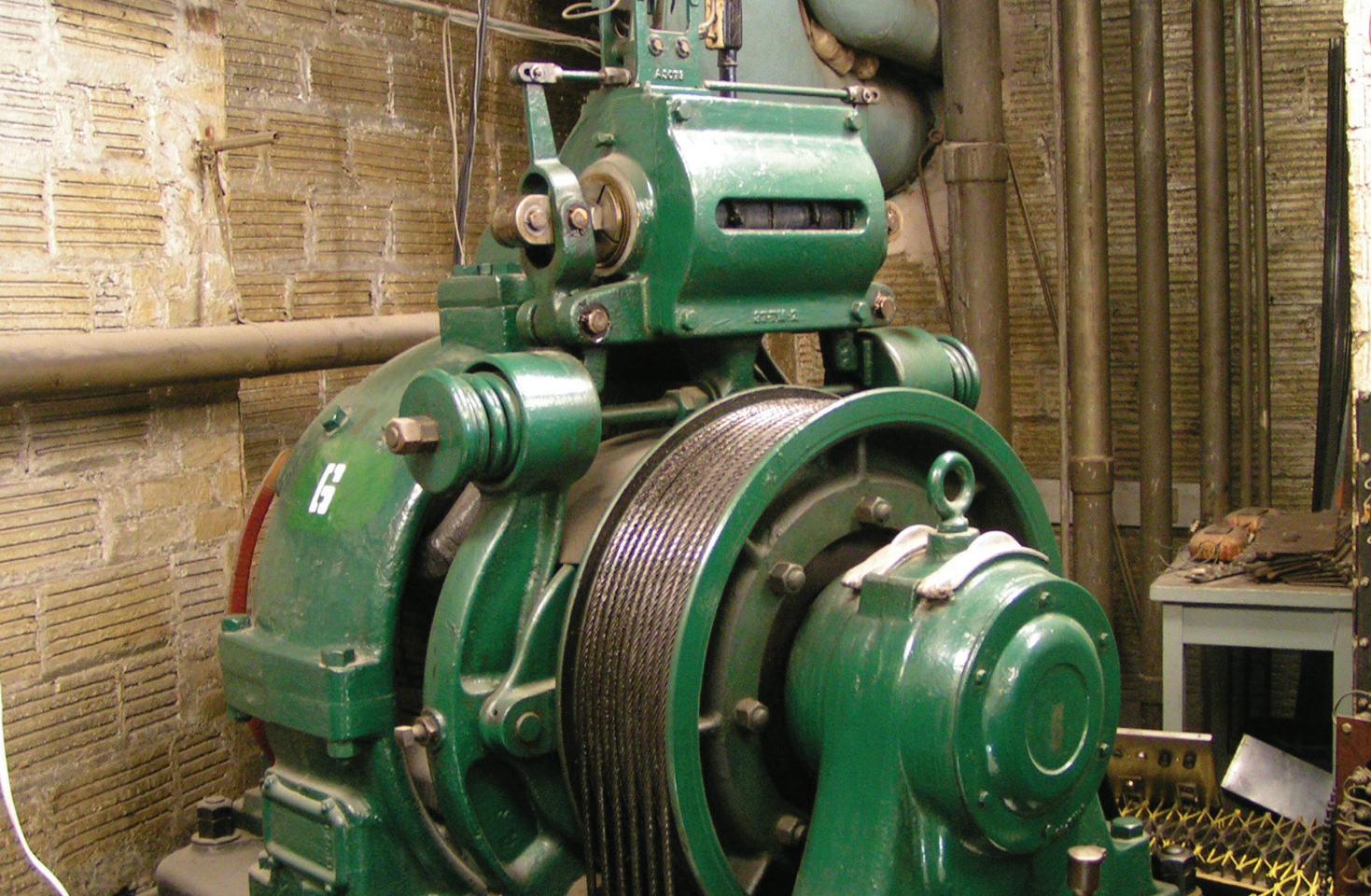

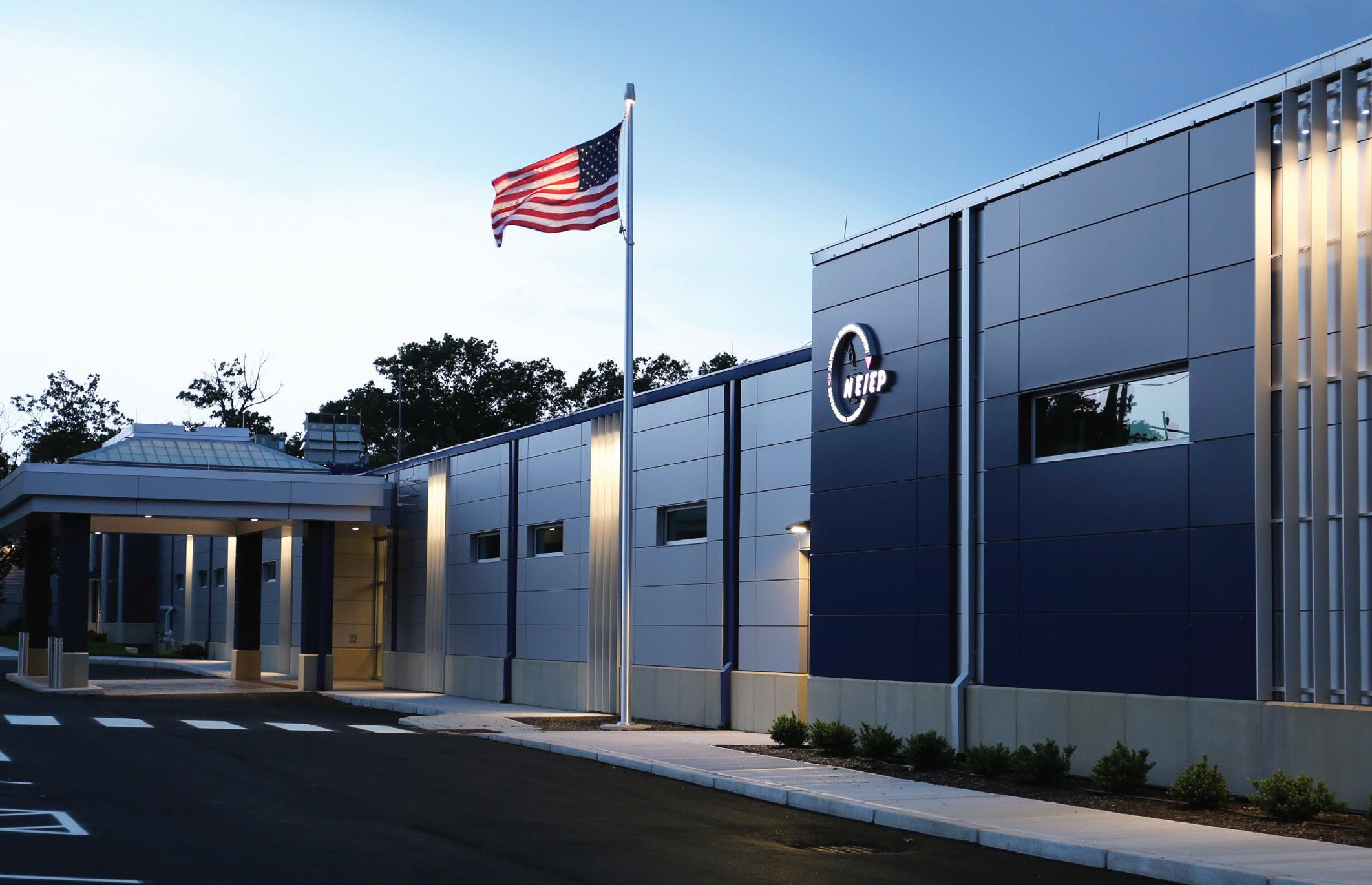
NEIEP Headquarters Eleven Larsen Way, Attleboro Falls, MA 02763 (800) 228-8220 neiep.org Place Union Bug Here REV2021 NEIEP Training Center 555 Jefferson Blvd, Warwick, RI 02886 (800) 228-8220 neiep.org
















































































































